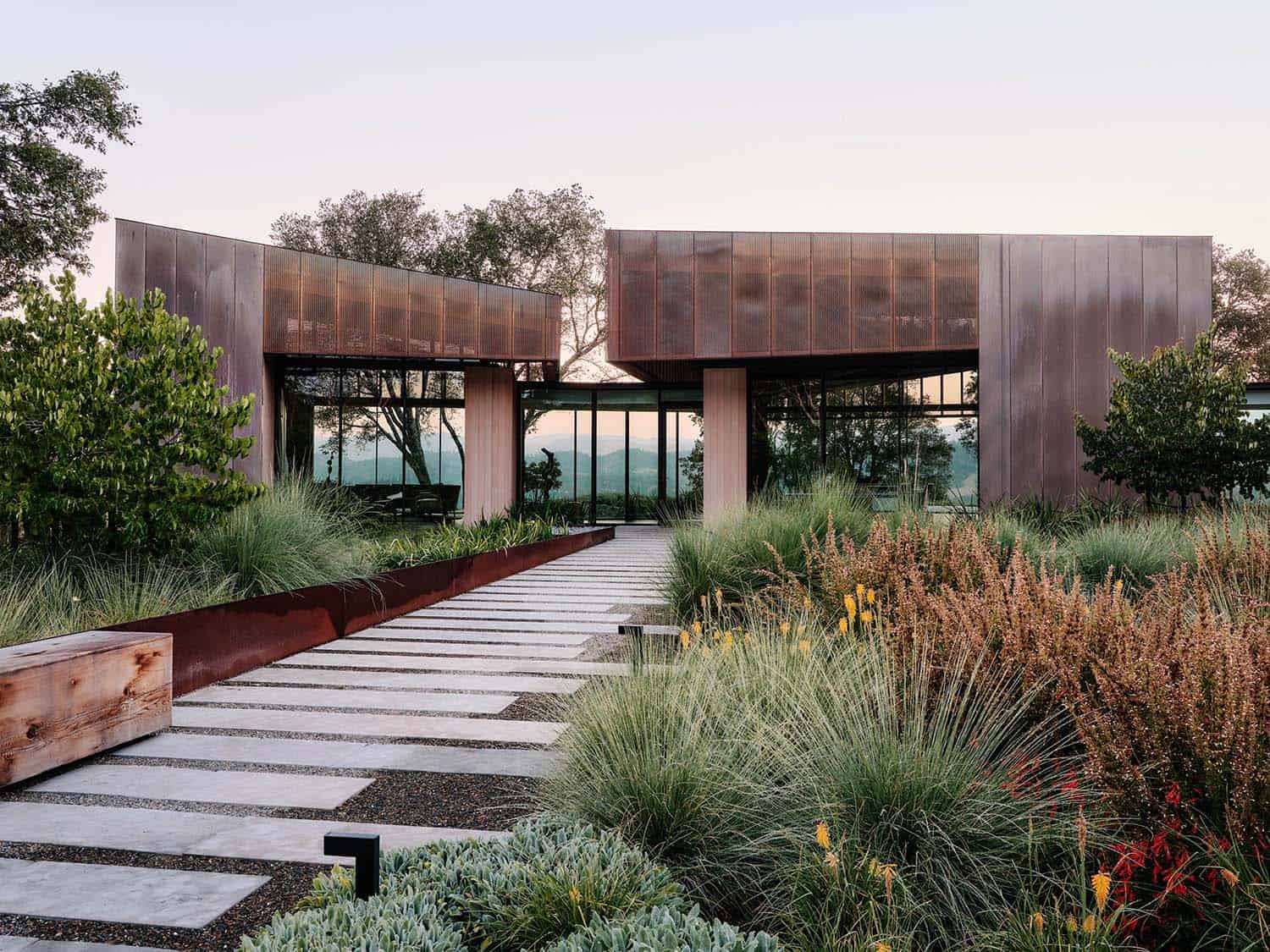
Field Architecture collaborated with Ann Lowengart Interiors to design this modern copper-clad pavilion house located in Sonoma Valley, California. The 4,920-square-foot design features a trio of pavilions that are interconnected via glass breezeways. The copper and red cedar siding of the exterior facade echo the red bark of the Madrone trees, blending the built world with the natural world of the ridge-top compound.
Retractable walls and limestone floors that extend outside to limestone pavers merge the interiors with the landscape. To complement the modernist architecture and the homeowner’s contemporary art collection, the designer selected and installed modern and artisanal furnishings in organic textures and an earthy color palette.
DESIGN DETAILS: ARCHITECT Field Architecture INTERIOR DESIGN Ann Lowengart Interiors GENERAL CONTRACTOR Dowbuilt MEP ENGINEERING Engineering 350 CIVIL ENGINEERING Munselle Civil Engineering STRUCTURAL ENGINEERING Strandberg Engineering LANDSCAPE ARCHITECT Lutsko Associates
Characterized by dry summers and abundant winter rainfall, the region’s geographical features played a significant role in shaping the design. Furthermore, the homeowner expressed a strong desire to co-inhabit the land with the area’s plants and animals.
In response to these considerations, the architects drew inspiration from the surrounding bush, the untamed natural areas enveloping the house. This approach allowed the built structures to integrate with the natural terrain.
The architects designed this dwelling around the presence and absence of water in the unique microclimate. “The path of the house follows the flow of water which appears on either side of the house, designed as three interconnected pavilions,” states Field Architects. “The first two pavilions that contain the living spaces are set slightly apart, revealing the entrance to the house. The third pavilion houses the bedroom wing. In addition to providing shelter, the pavilions double as catchments for rainwater harvesting.”
“Composed of two gently sloping triangular planes, the roofs capture water in central channels and discharge it into basins filled with river rocks. As the water spirals down from the roofs in the interstitial spaces between the pavilions, the structures appear to catch rain from the clouds and pass it slowly to the underground aquifer. During the summer, when the rock basins are dry, they symbolize the nourishing water that returns every year,” the studio said.
Transparent breezeways help to create a seamless indoor-outdoor connection. River rocks line the floors of these breezeways, serving as a continual reminder that water shapes the surrounding terrain.
The exterior walls above each foundation are covered in durable copper cladding. Over time, these walls will develop a rich patina that both reflects the climate’s natural impact while also resisting the risks of the region: rain, drought, fire, and sun. Inside, stone floors harmonize with the muted, earthy tones of the wood finishes that represent the oak and madrone trees that blanket the nearby mountains.
What We Love: Beautifully nestled on a hillside, this house provides its inhabitants with breathtaking views over the vineyards of Sonoma Valley. We love the attractive material palette of this home, from the copper cladding on the exterior to the interior with its natural materials of stone, oak, and madrone wood finishes. The strong indoor-outdoor connection allows the owners to feel like they are in perfect harmony with nature as if the boundaries between their home and the natural world have dissolved.
Tell Us: What details do you find most appealing in the design of this home? Please share your thoughts in the Comments below!
Note: Take a look at a couple of other wonderful home tours that we have showcased here on One Kindesign in the state of California: Striking pool and guest house in Sonoma inspired by Mies van der Rohe and Minimalist prefab on hillside captures idyllic views over Sonoma Valley.
PHOTOGRAPHER Joe Fletcher Photography


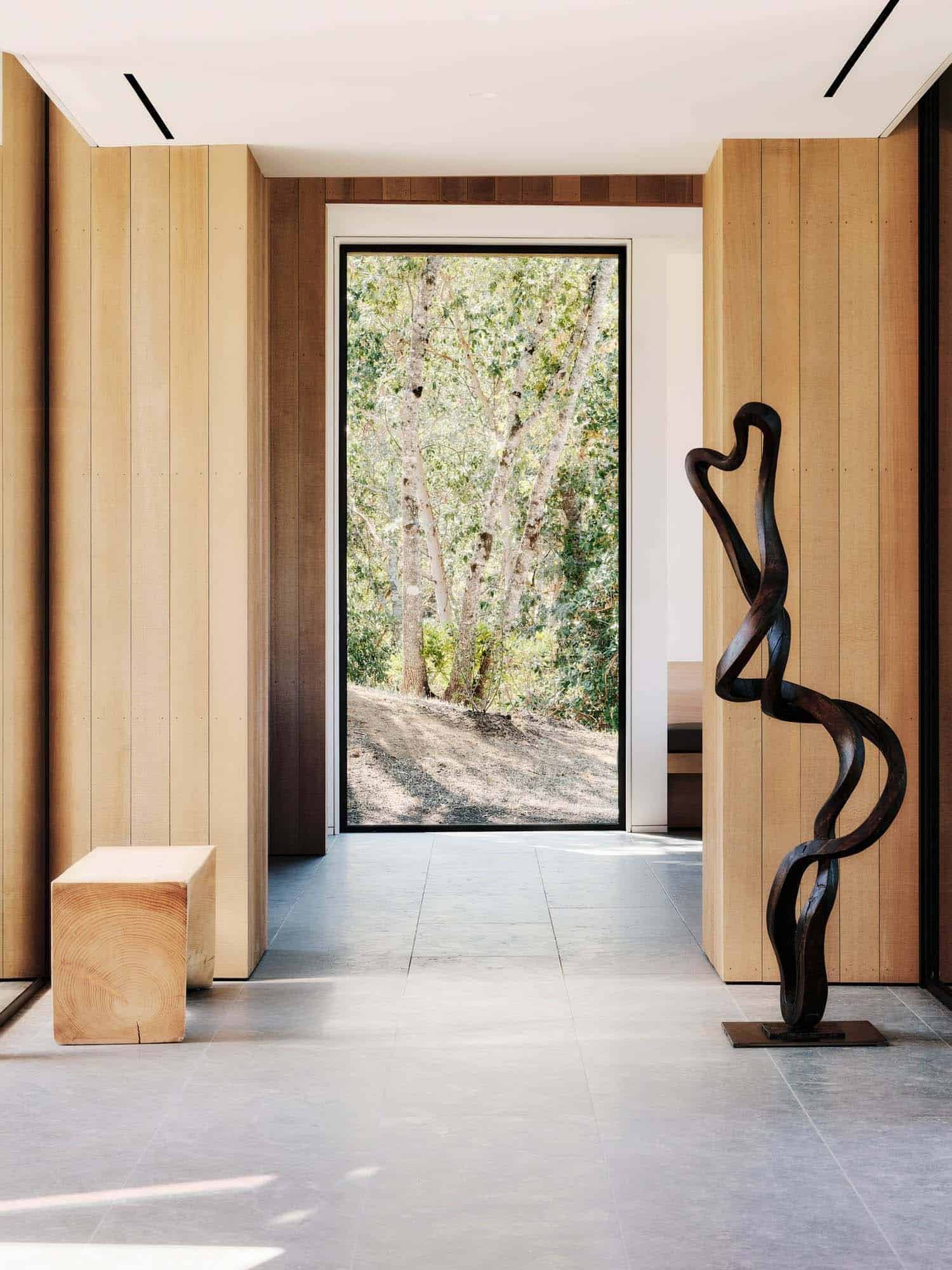
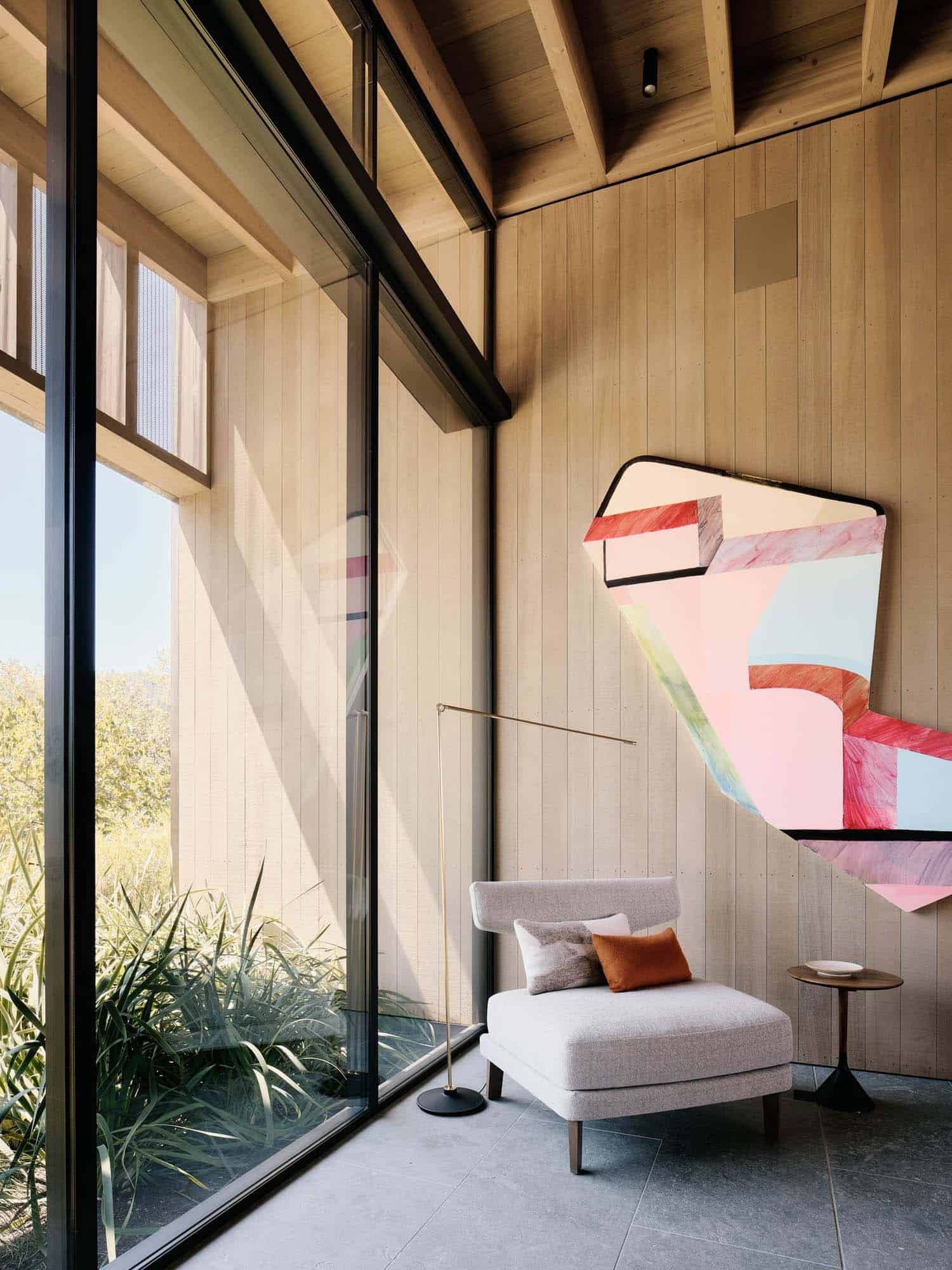
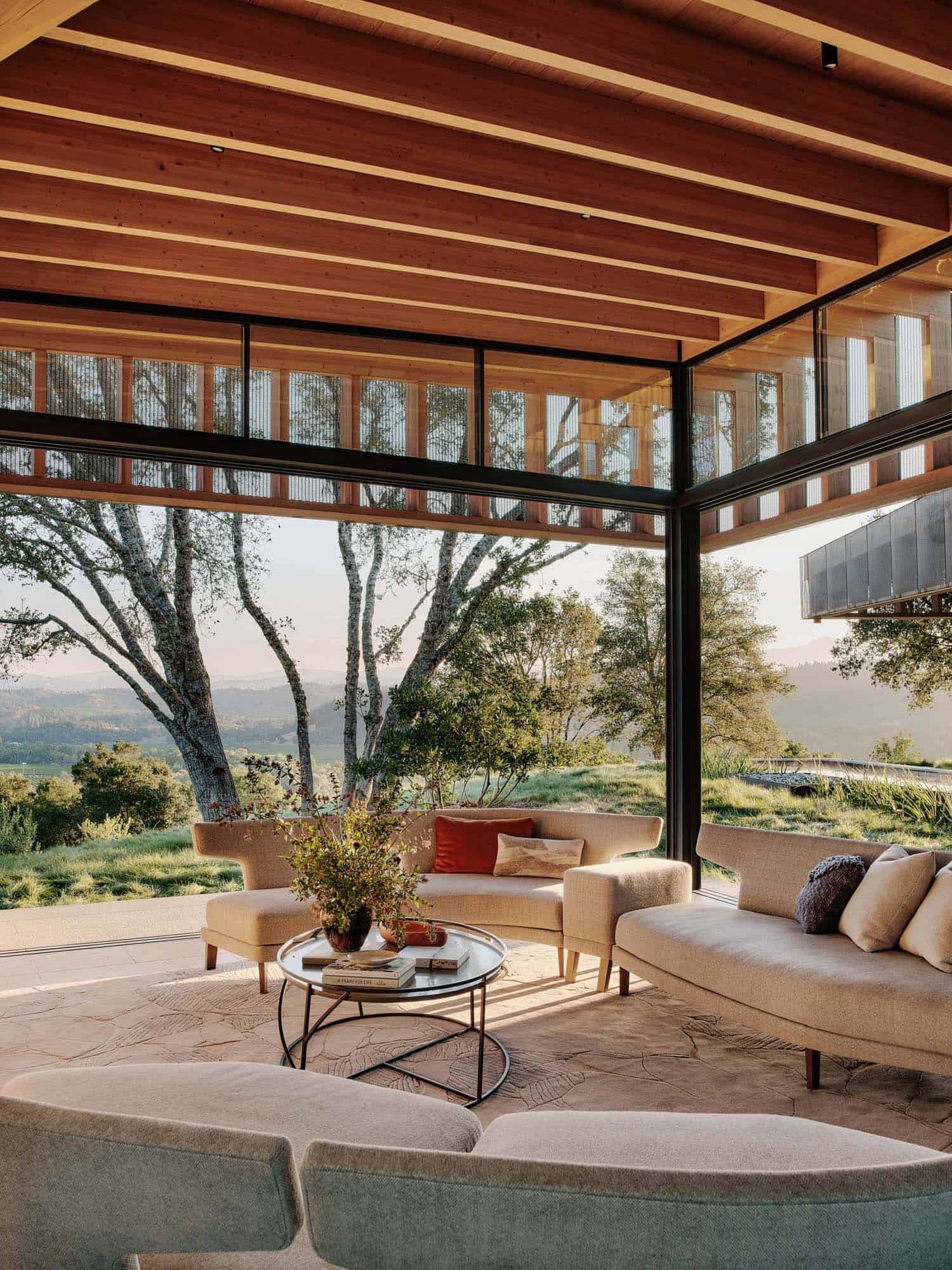
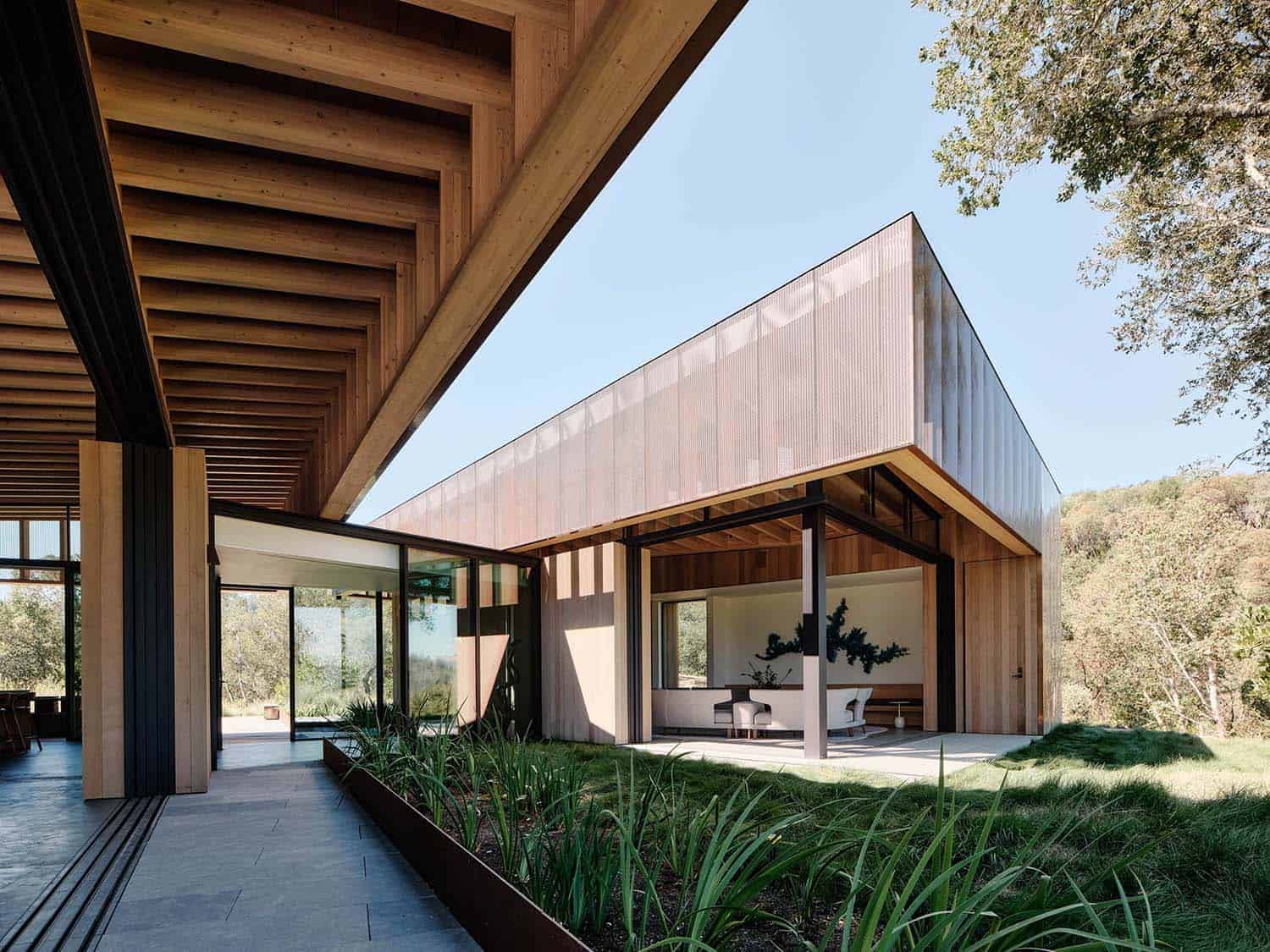
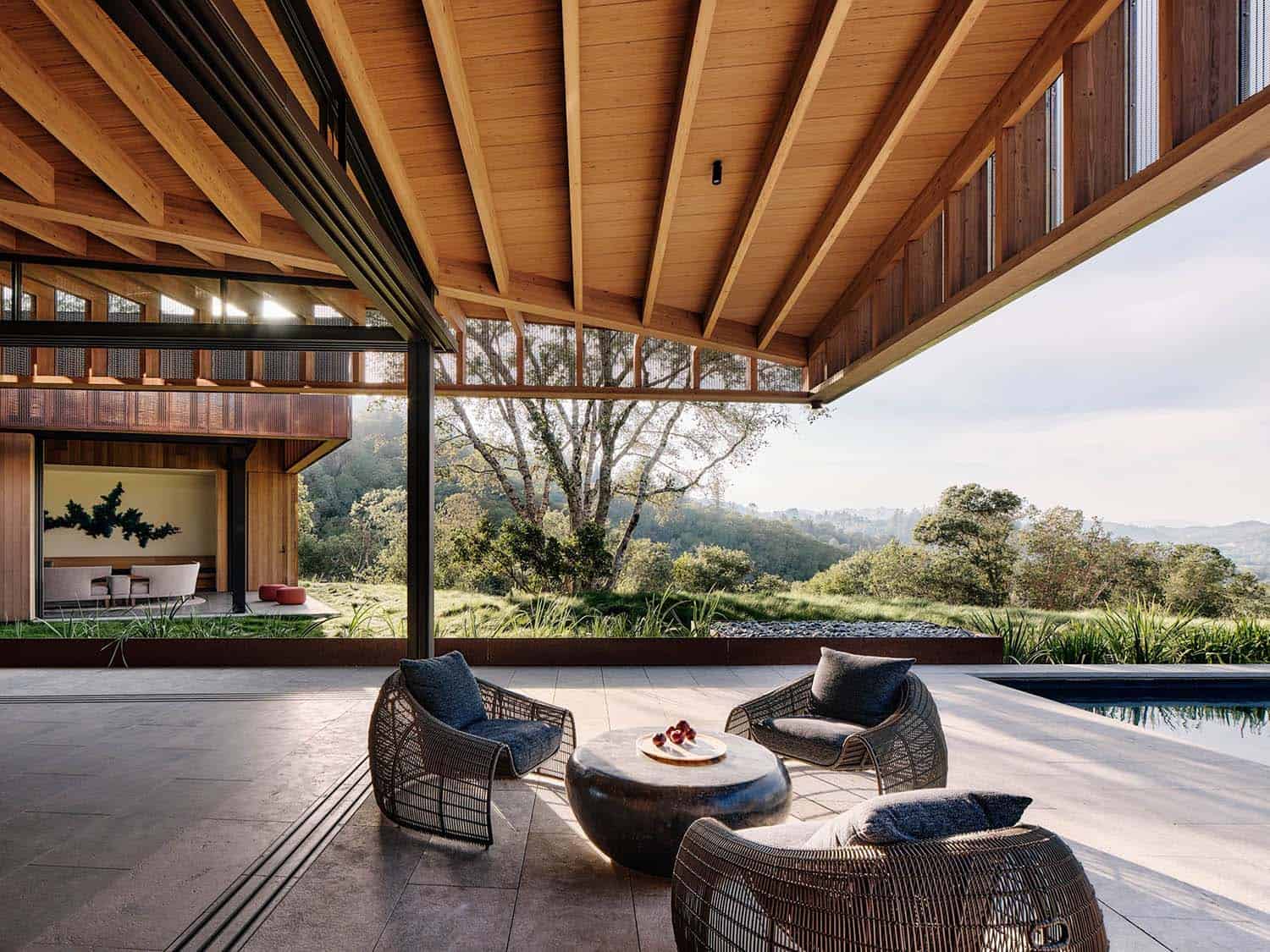
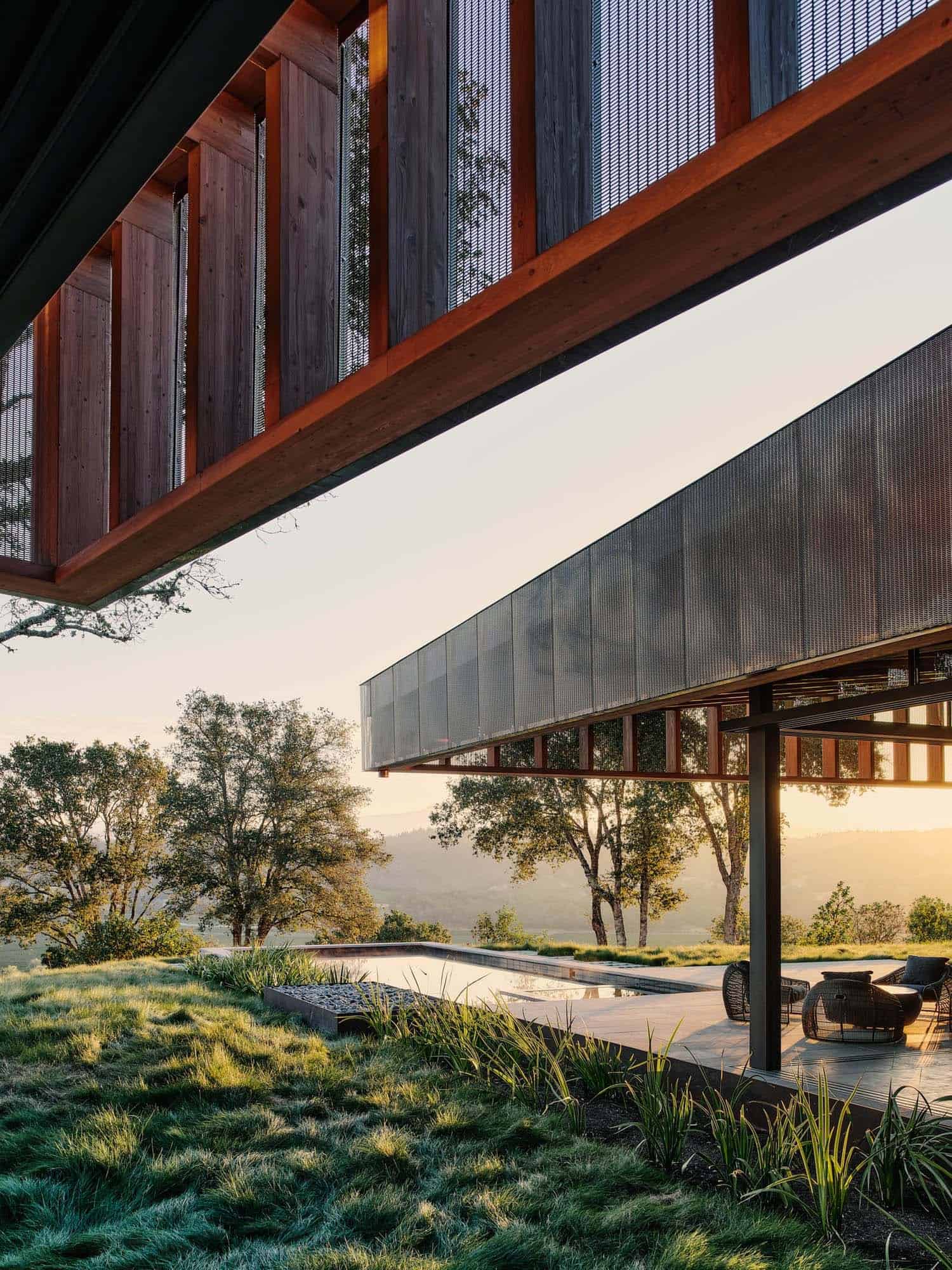
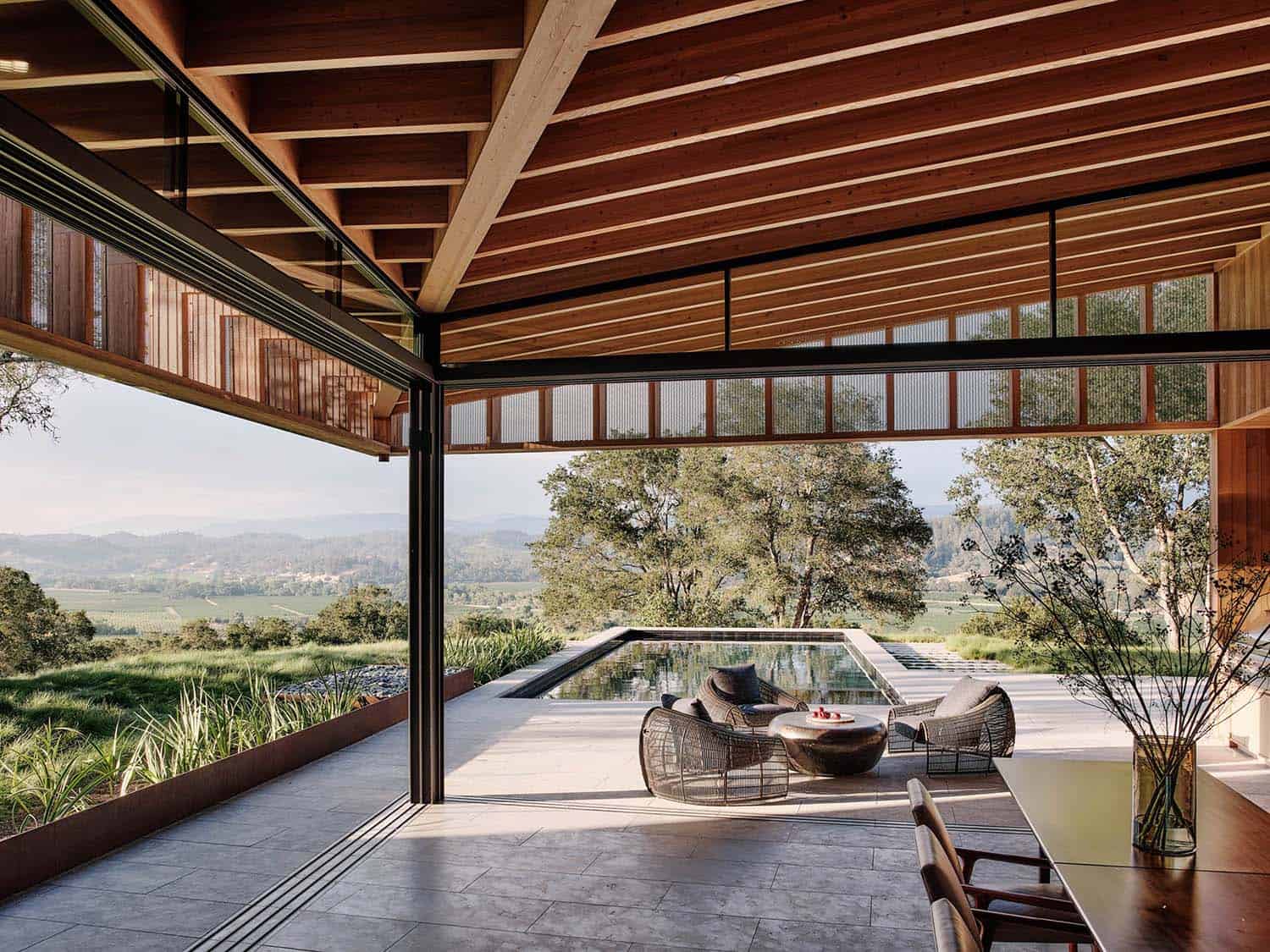
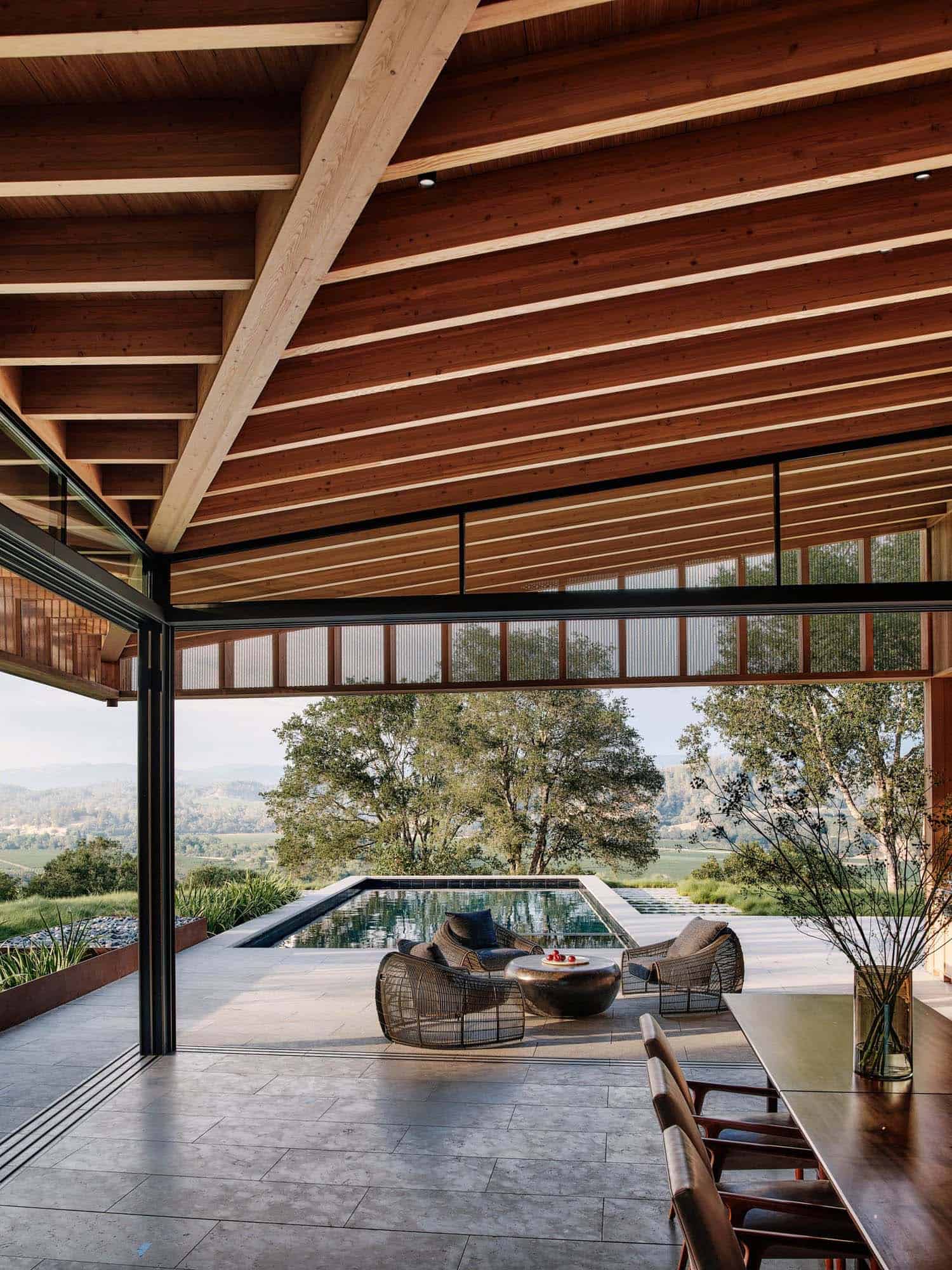

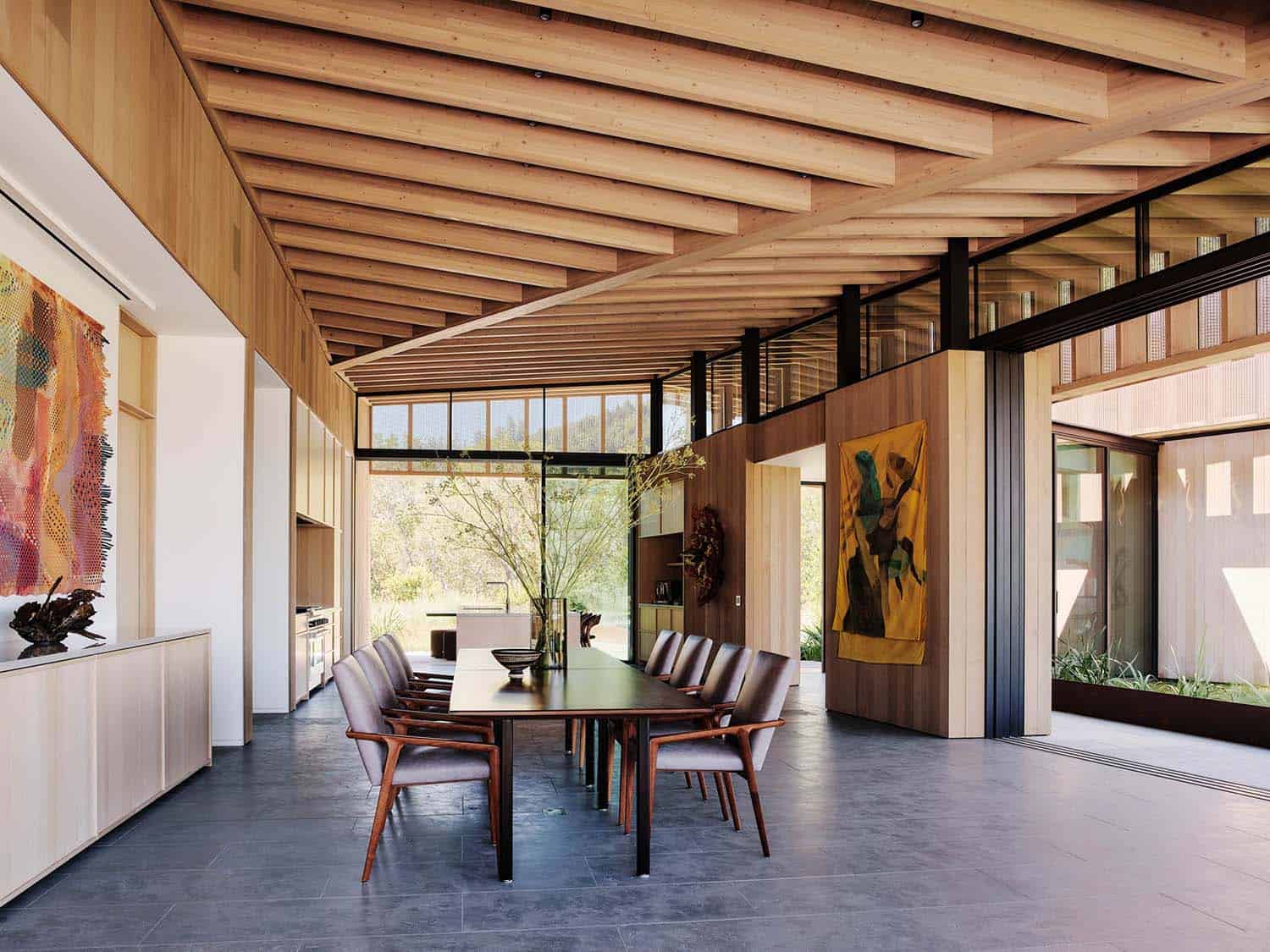
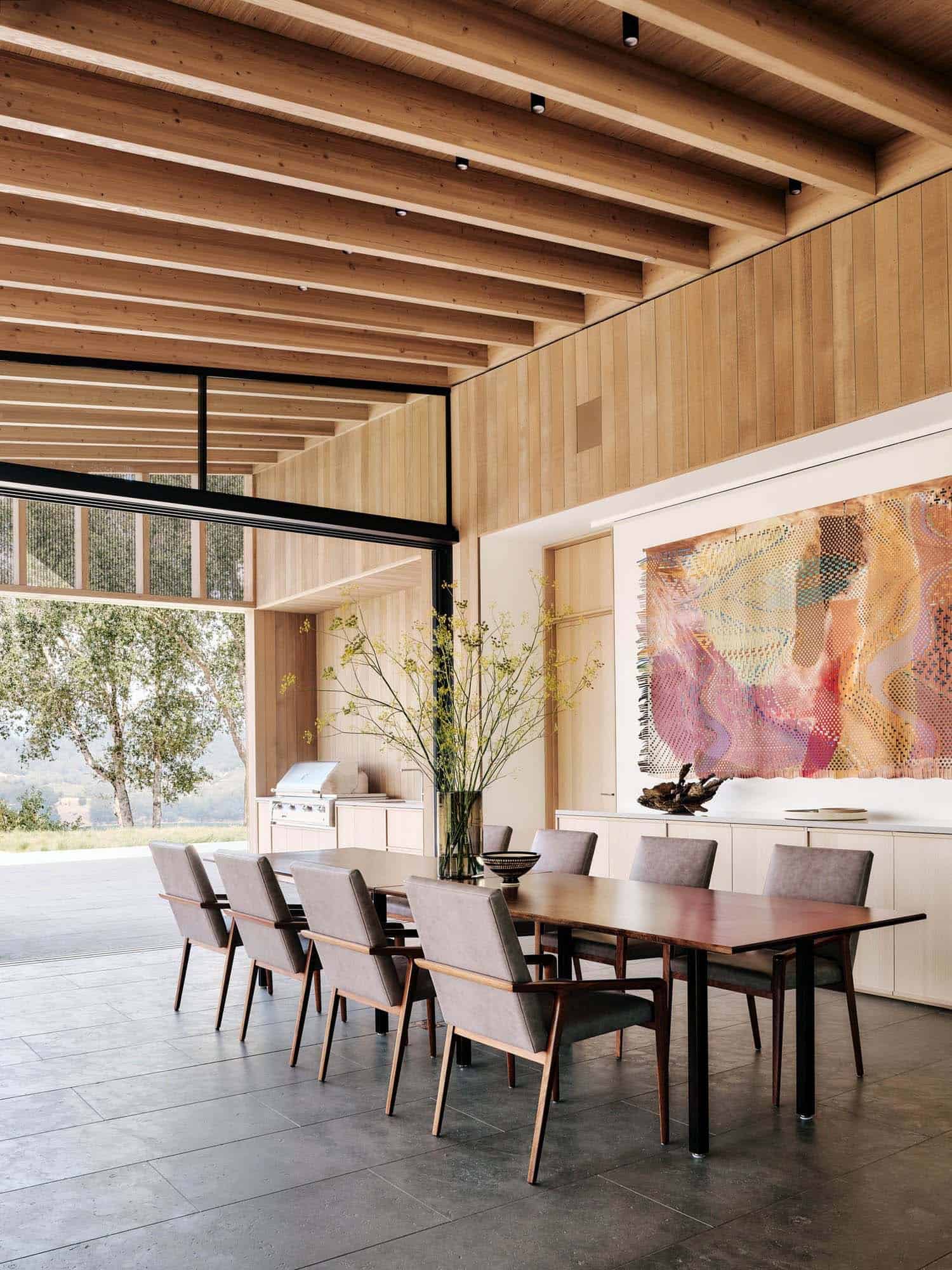
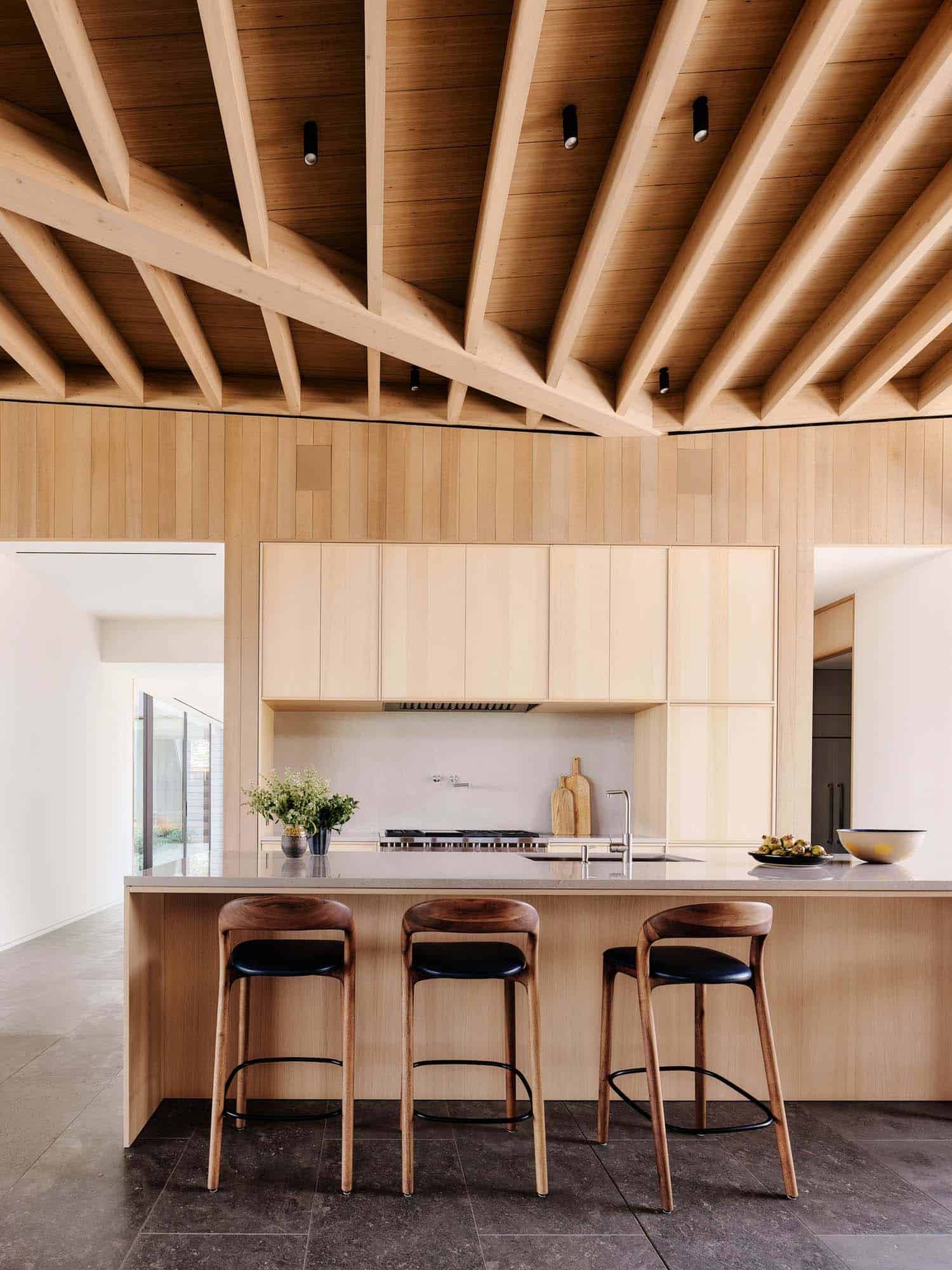
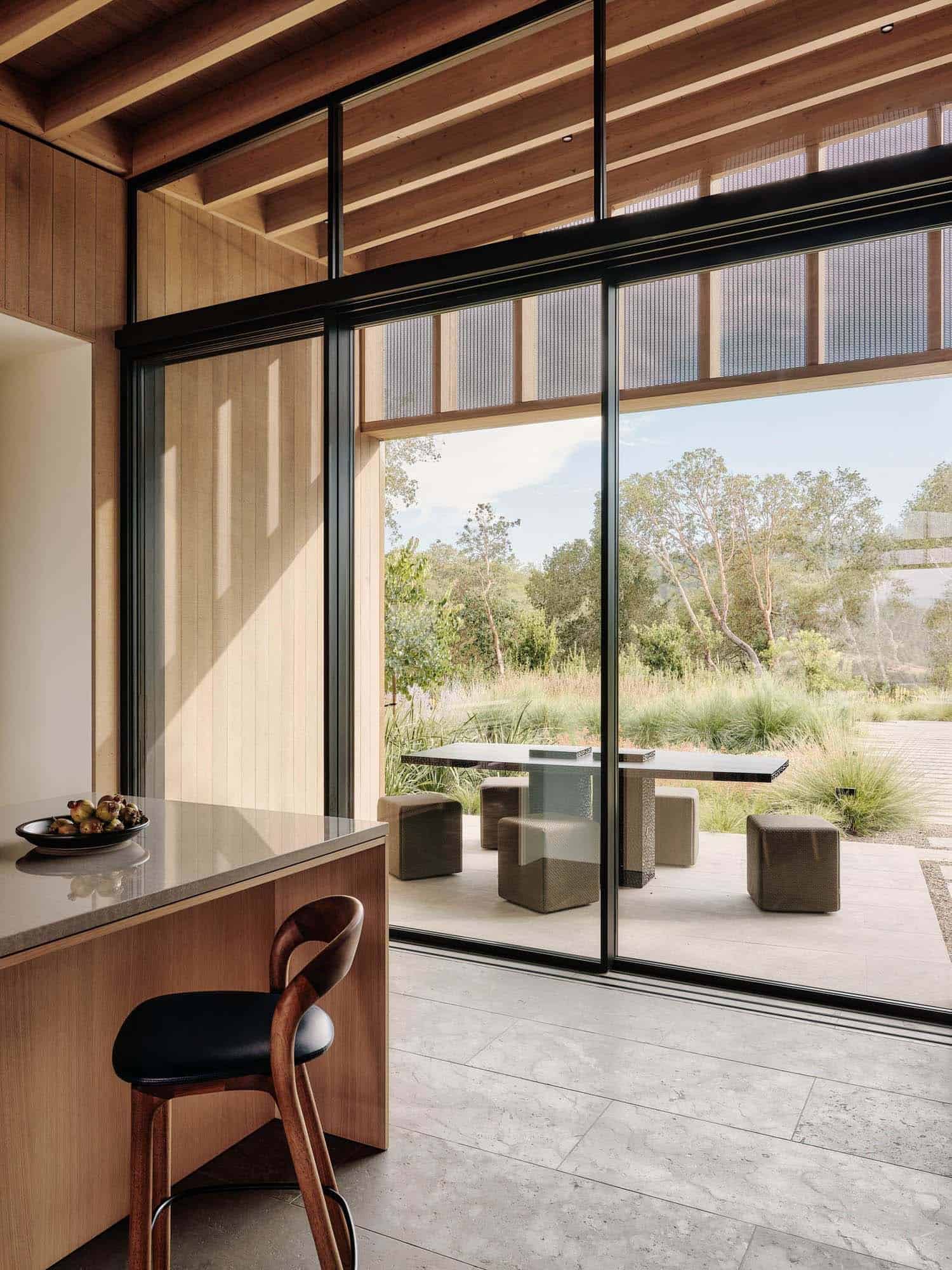
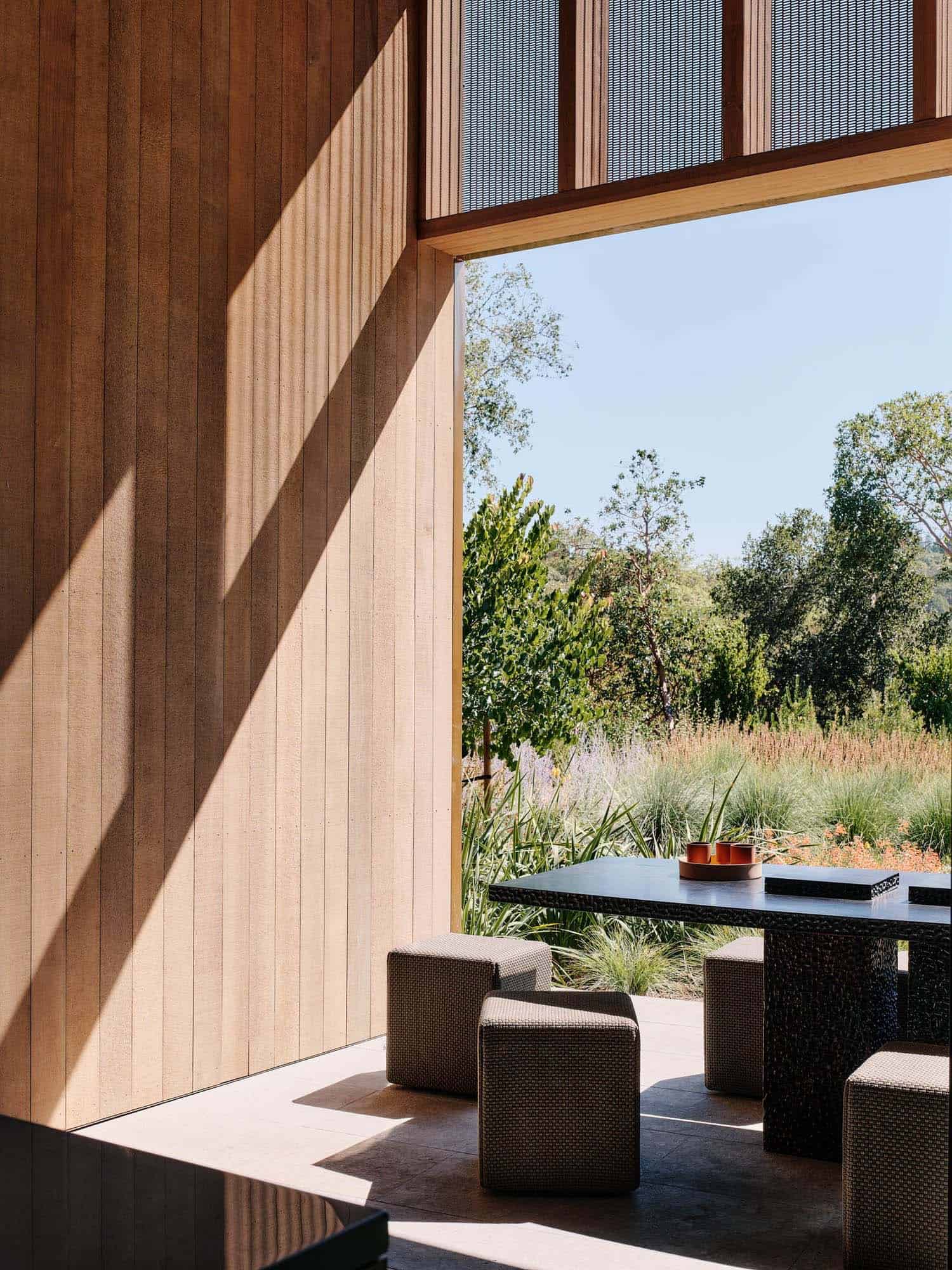
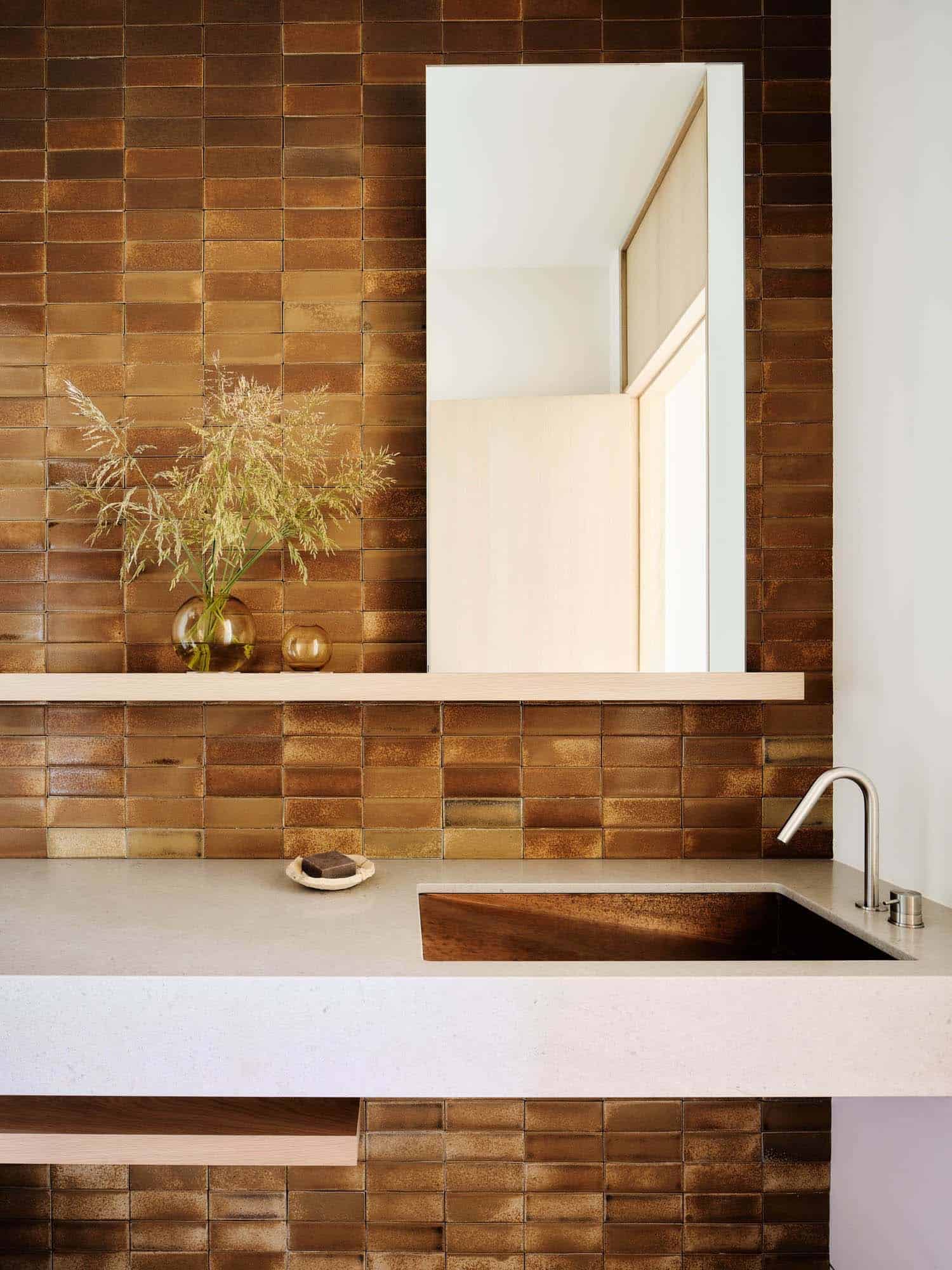

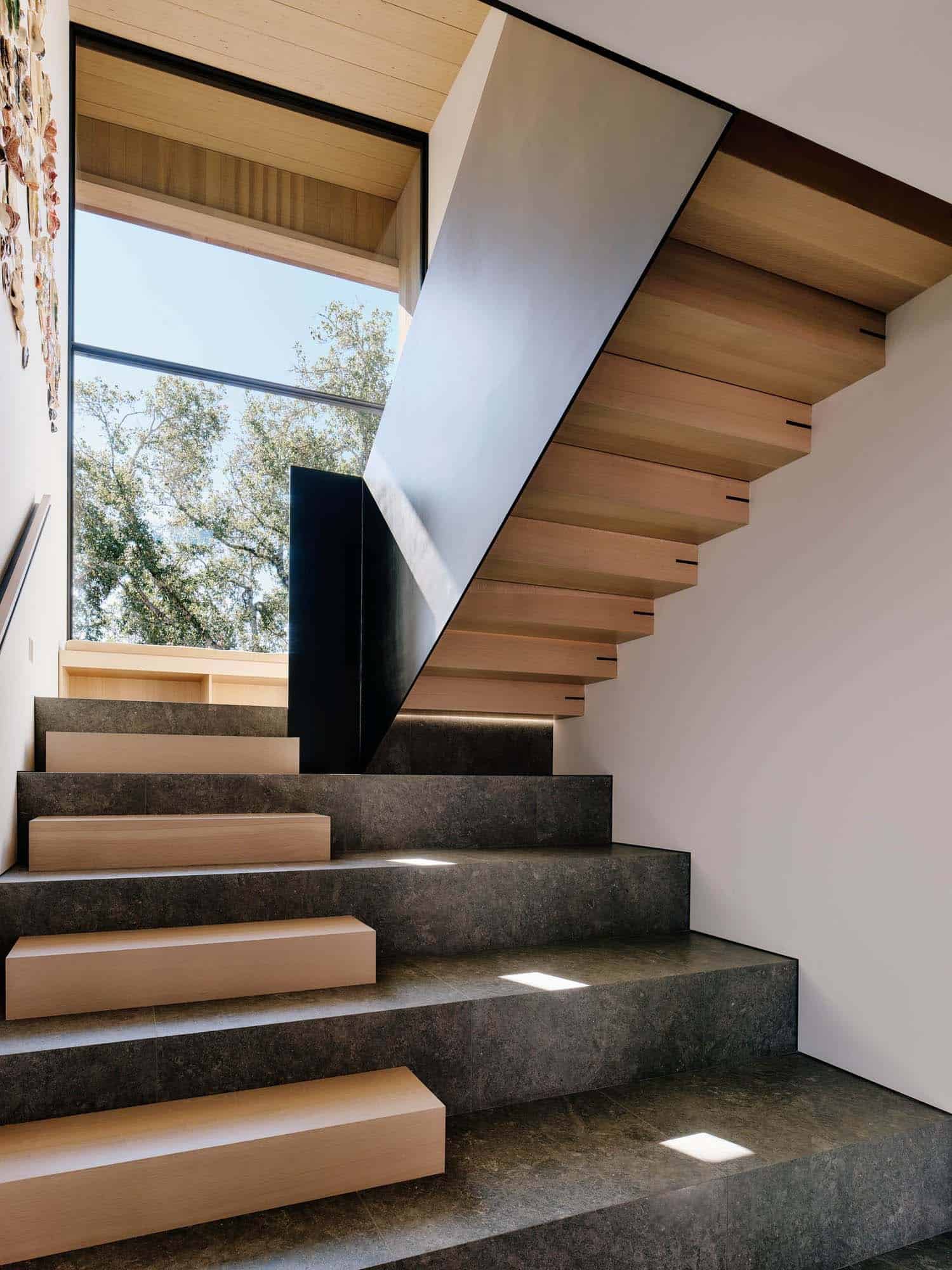
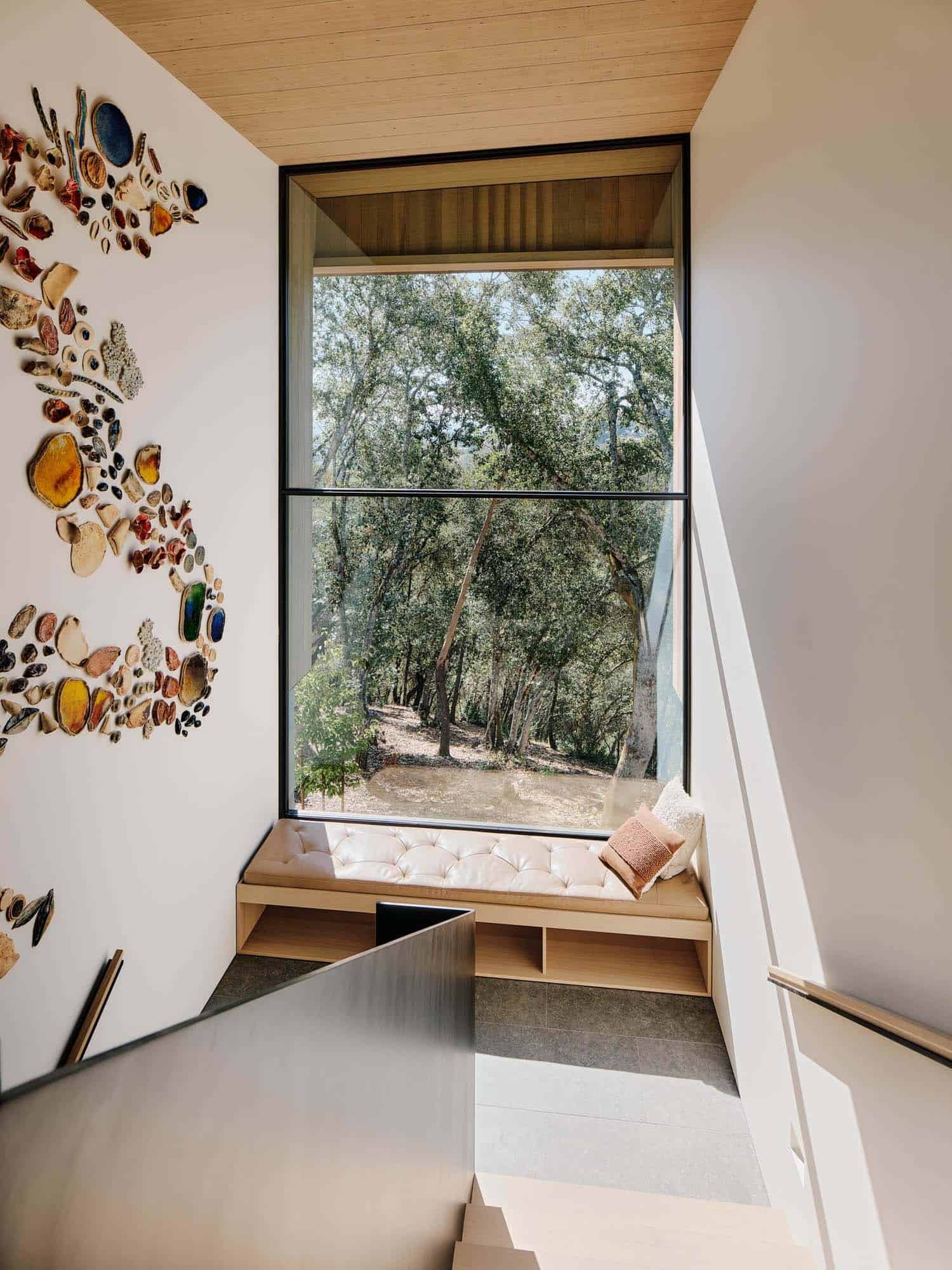
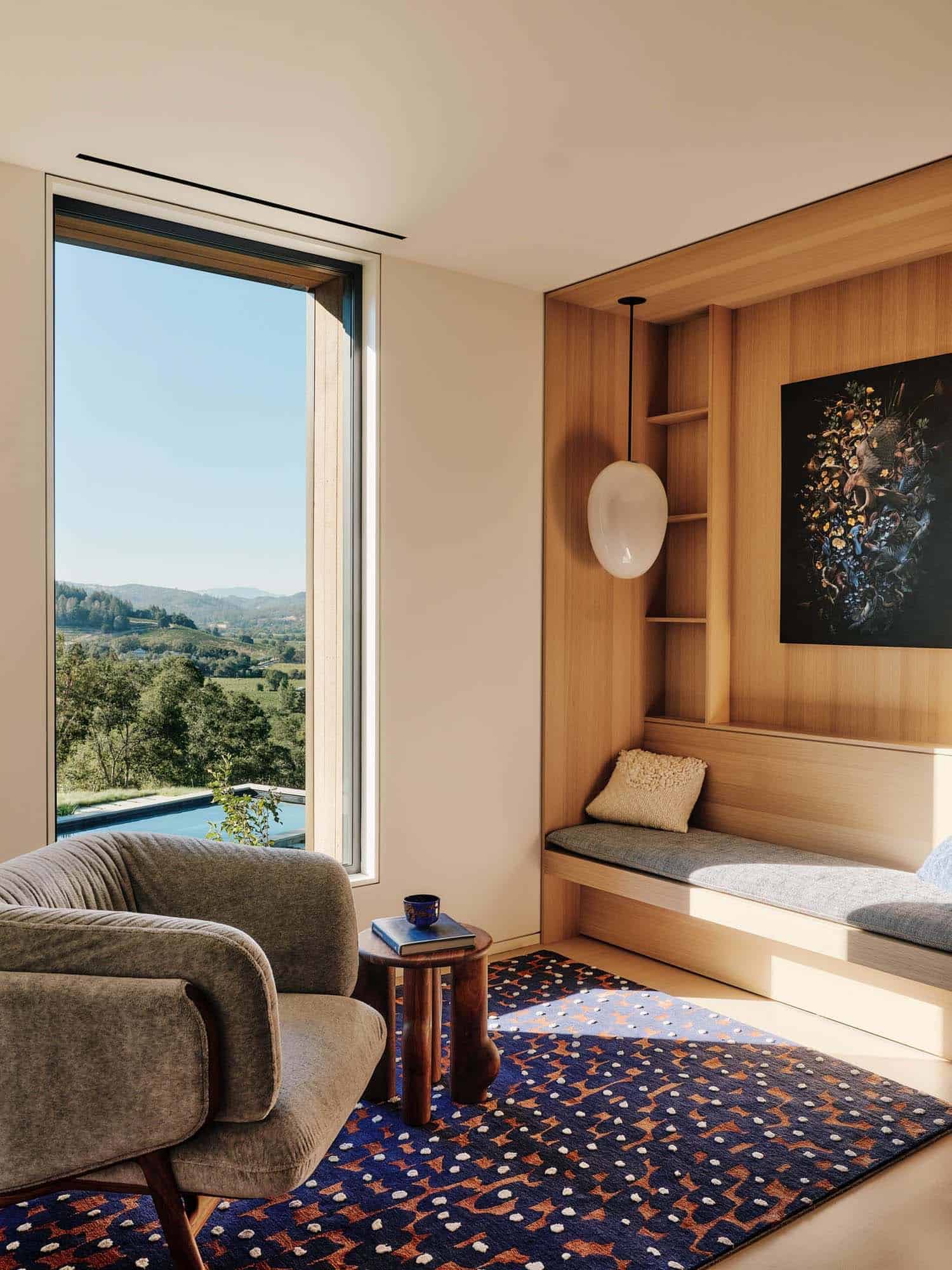
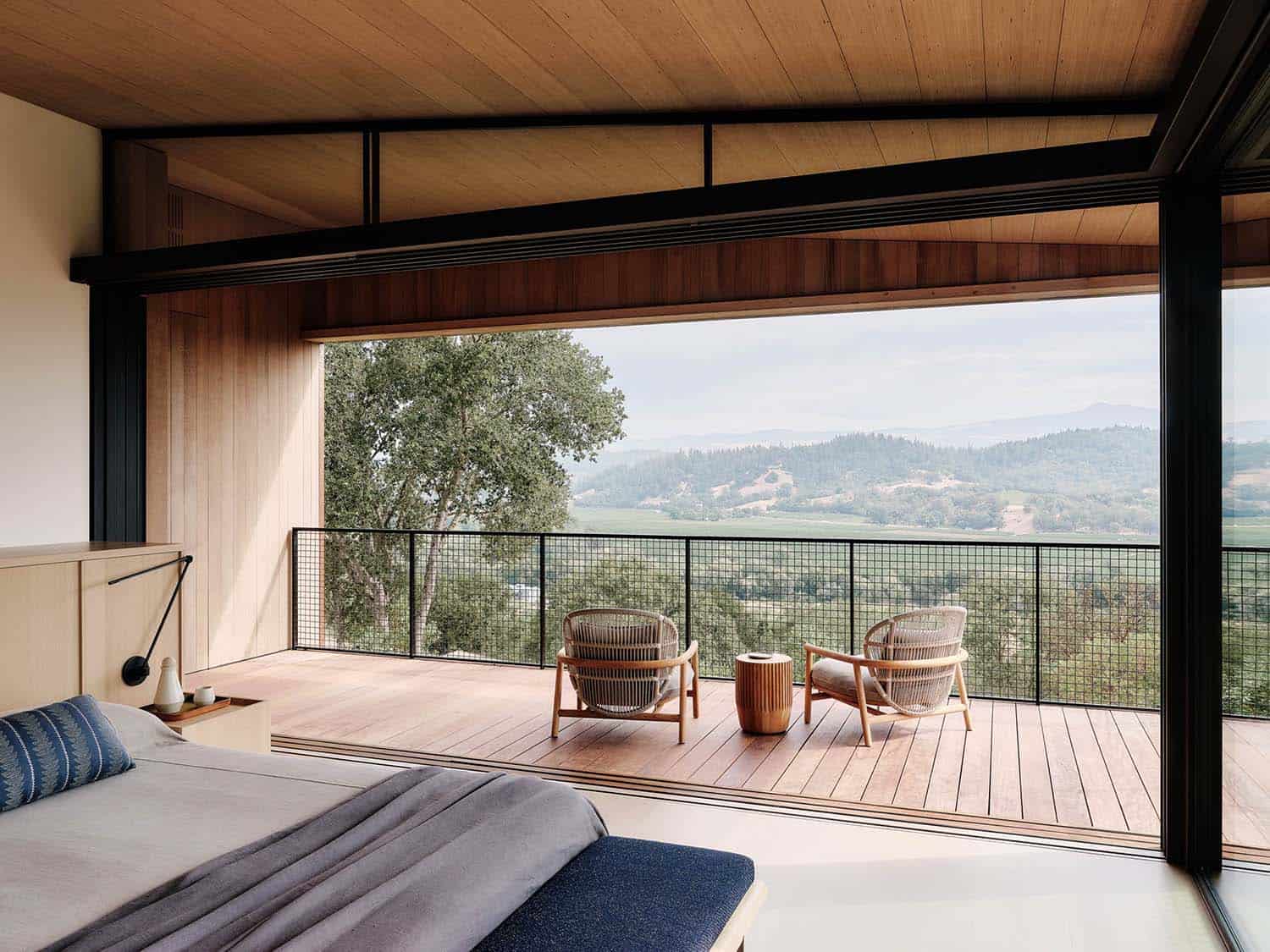
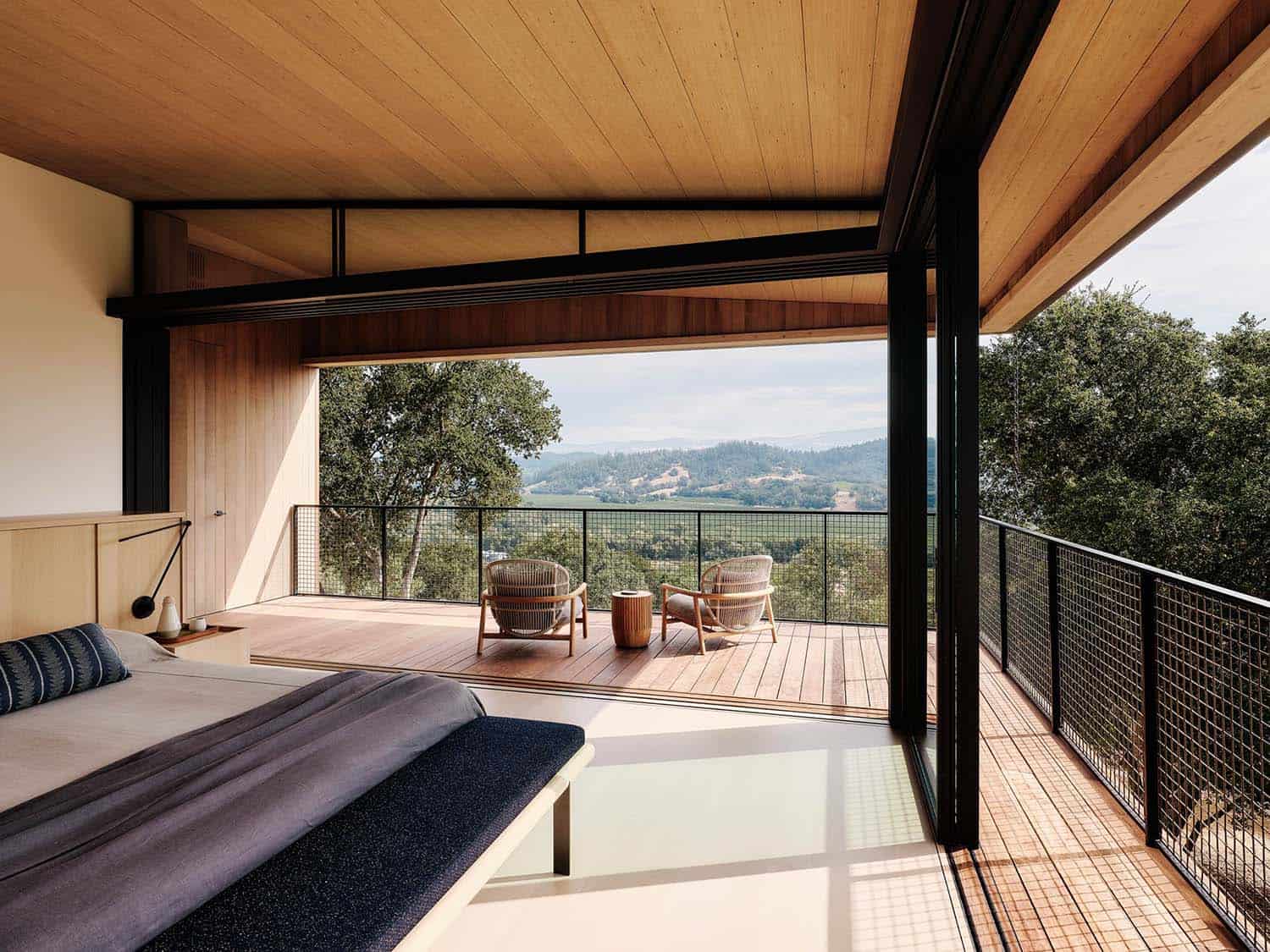

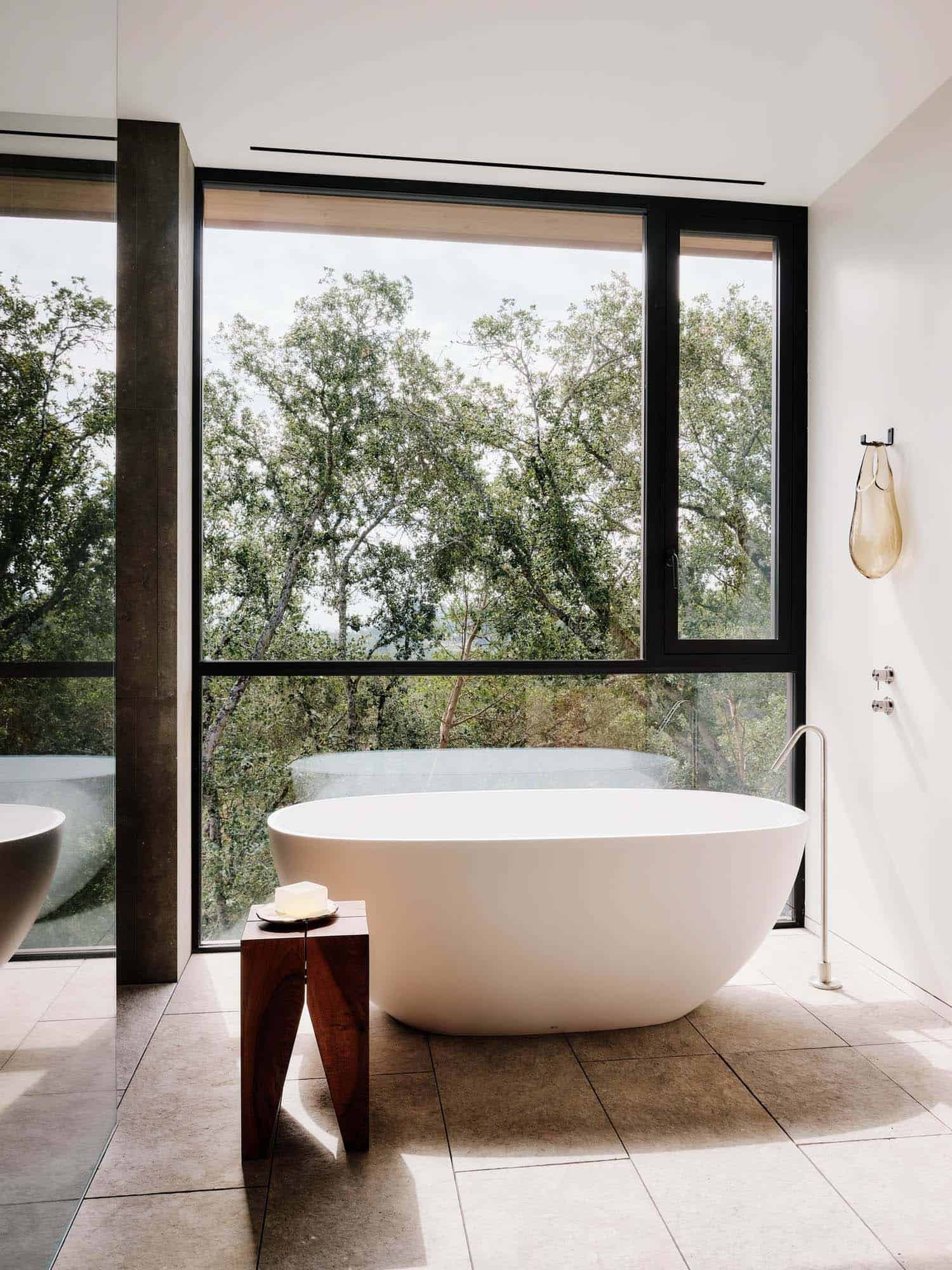
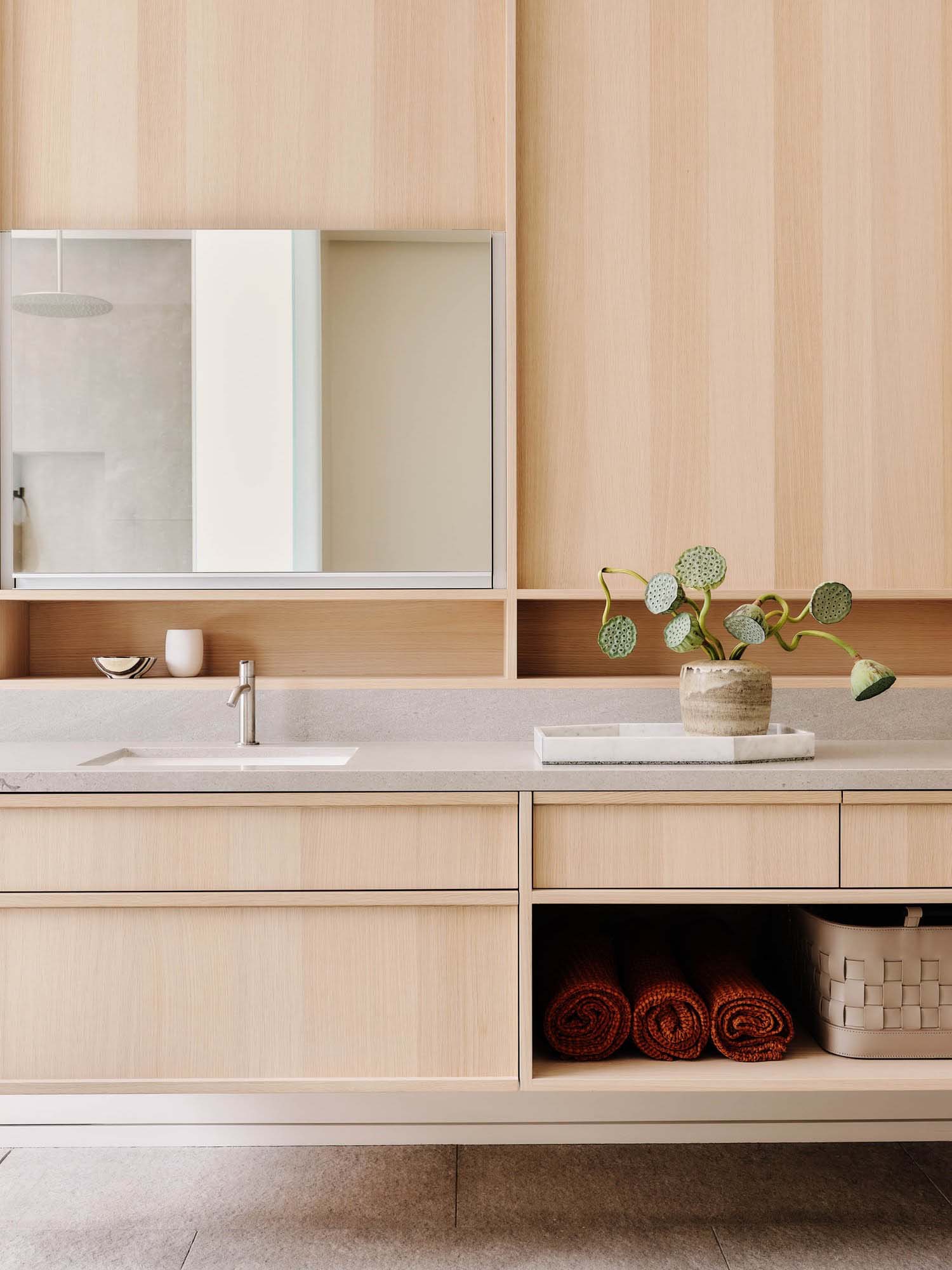
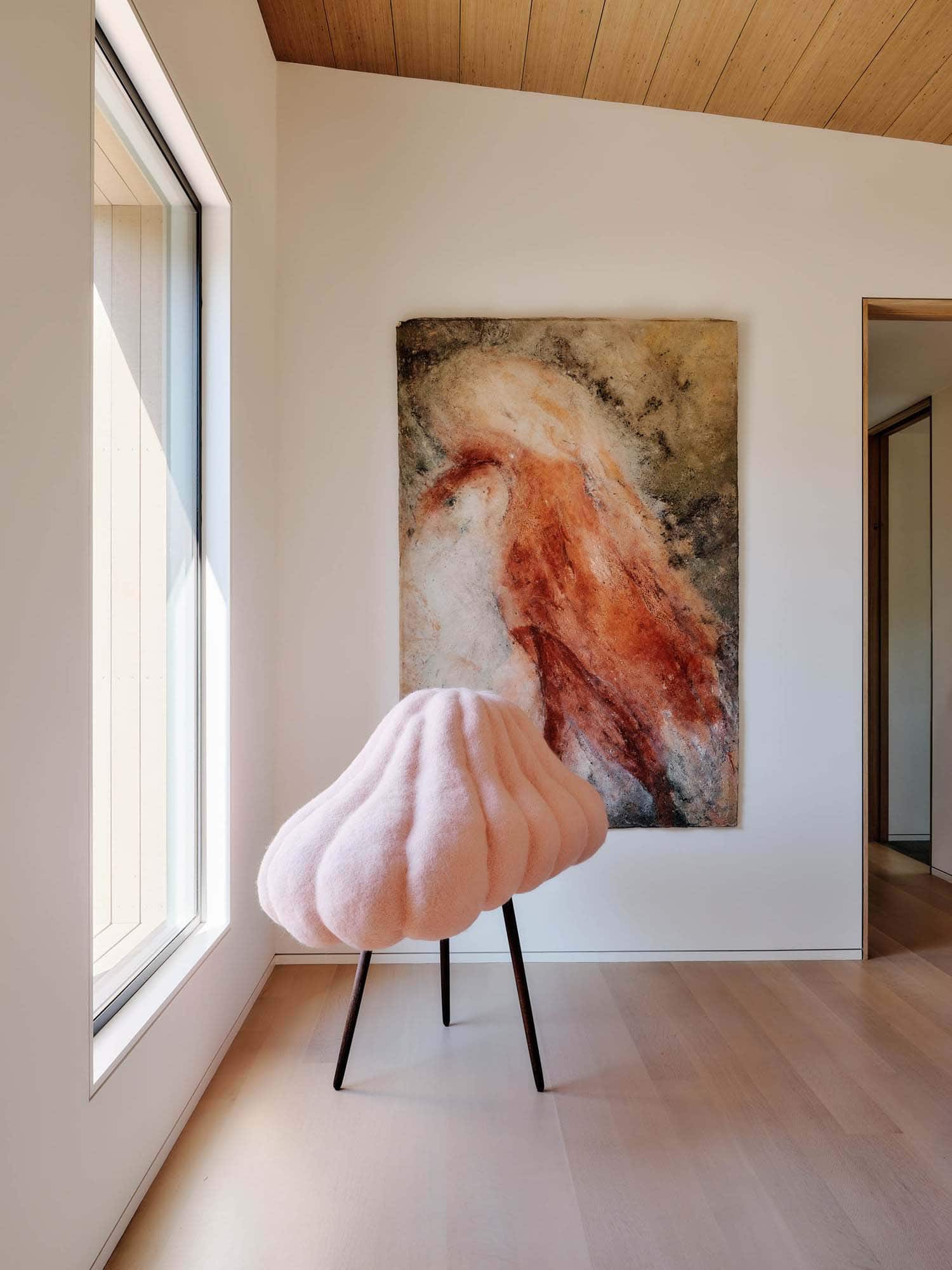


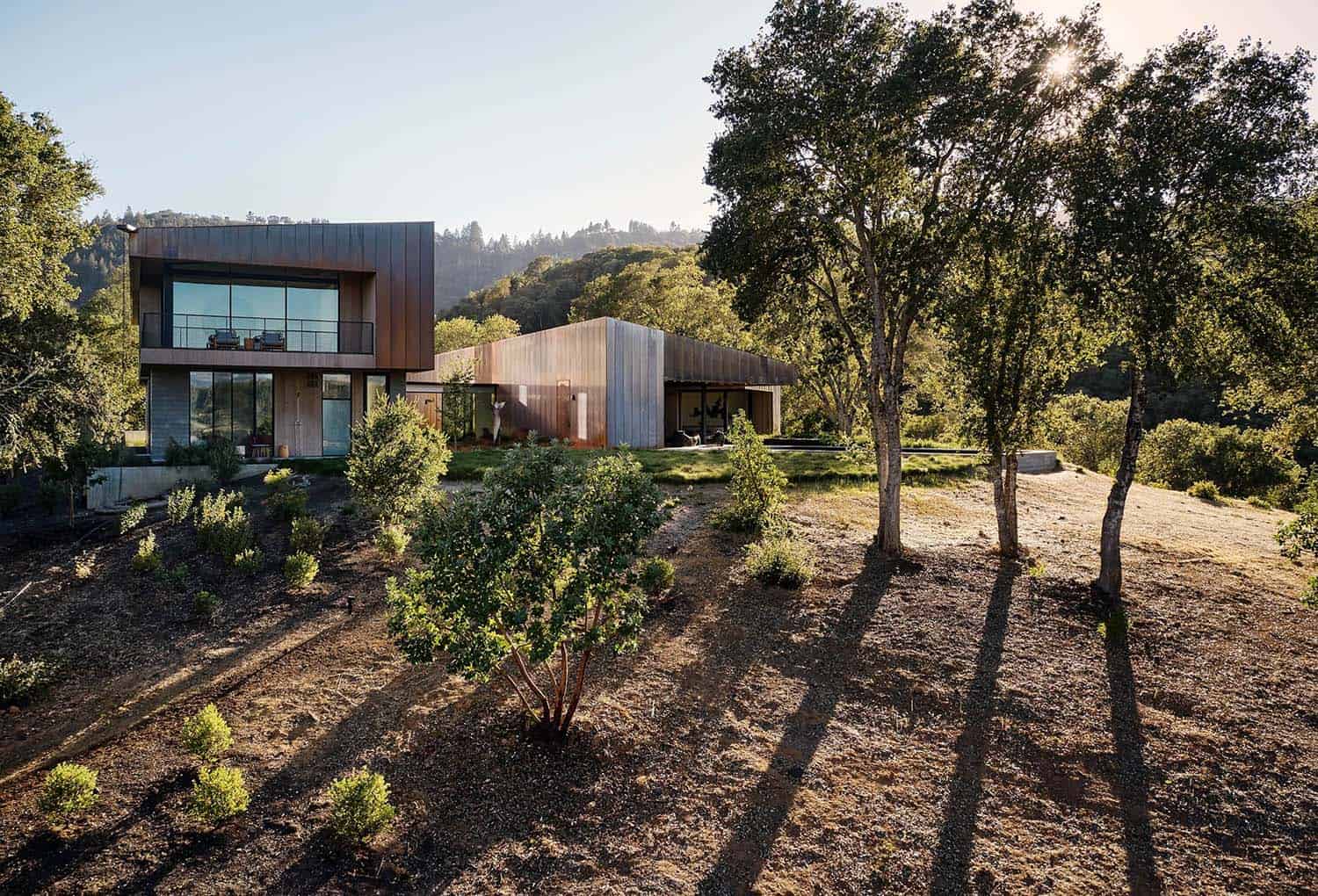

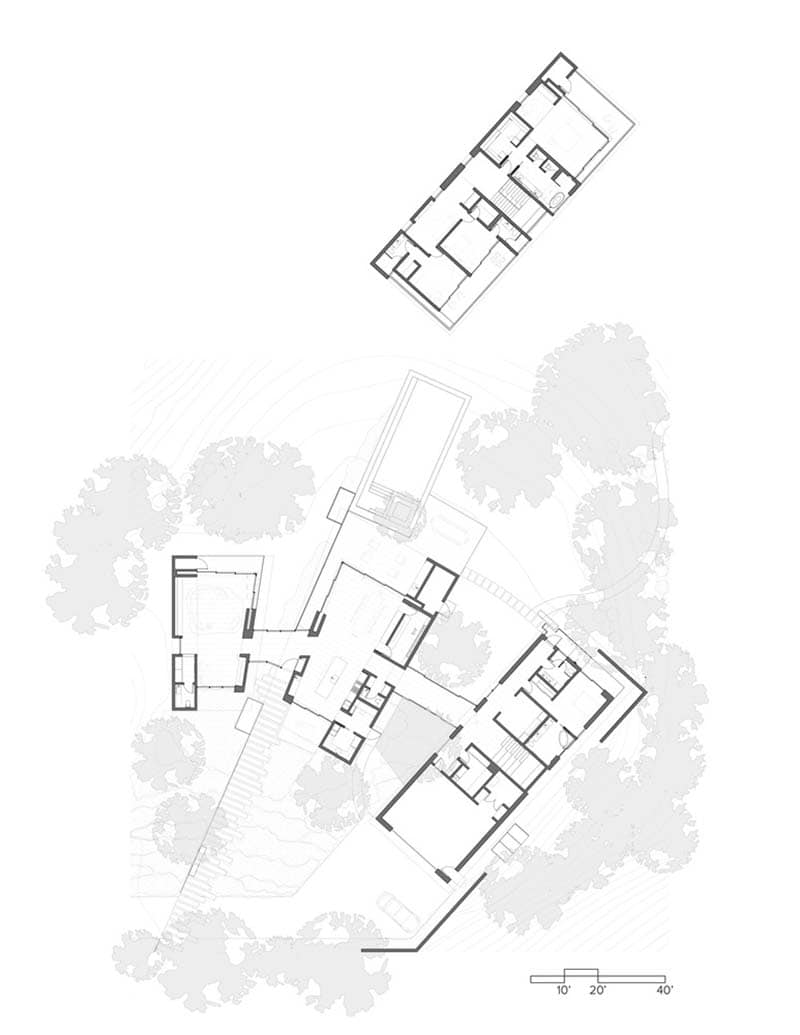
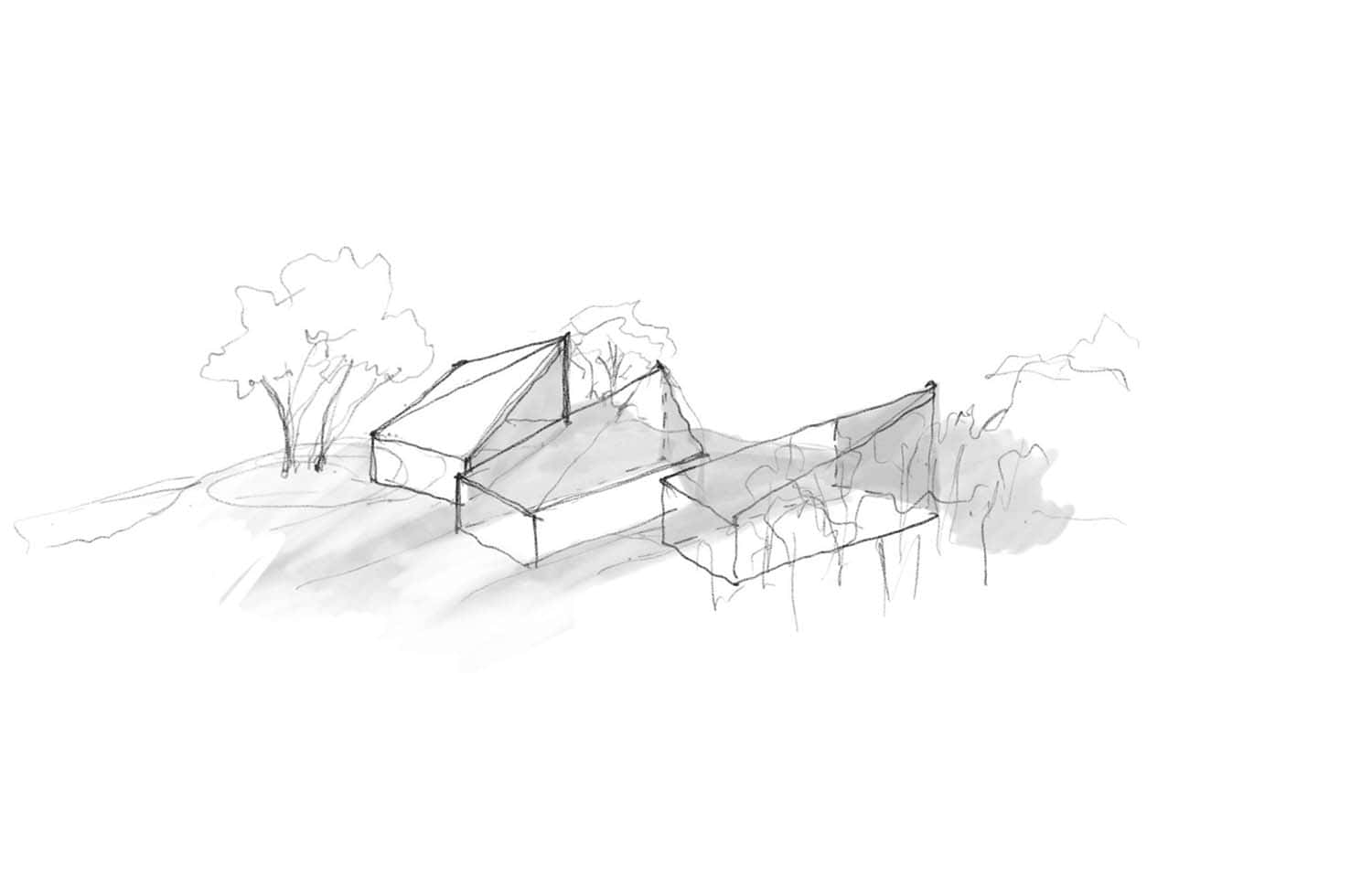
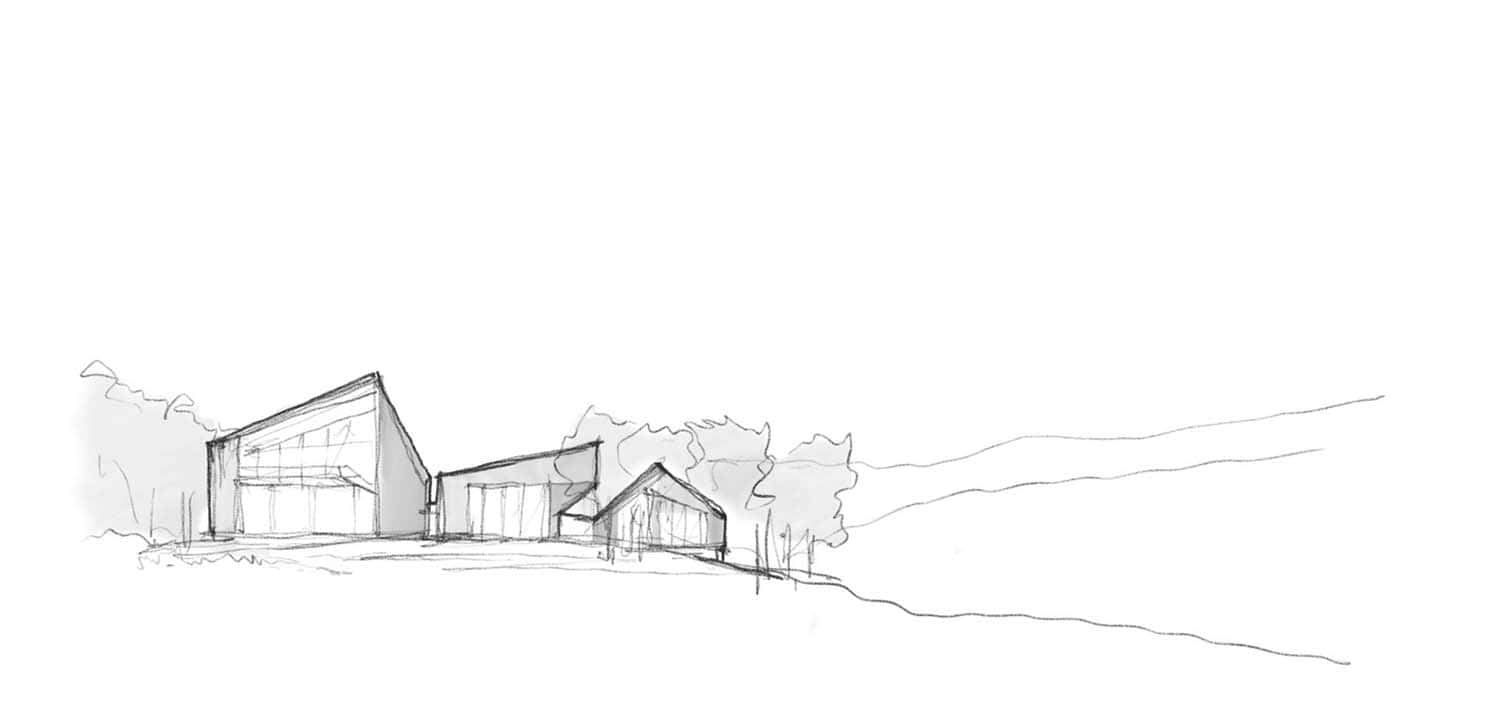
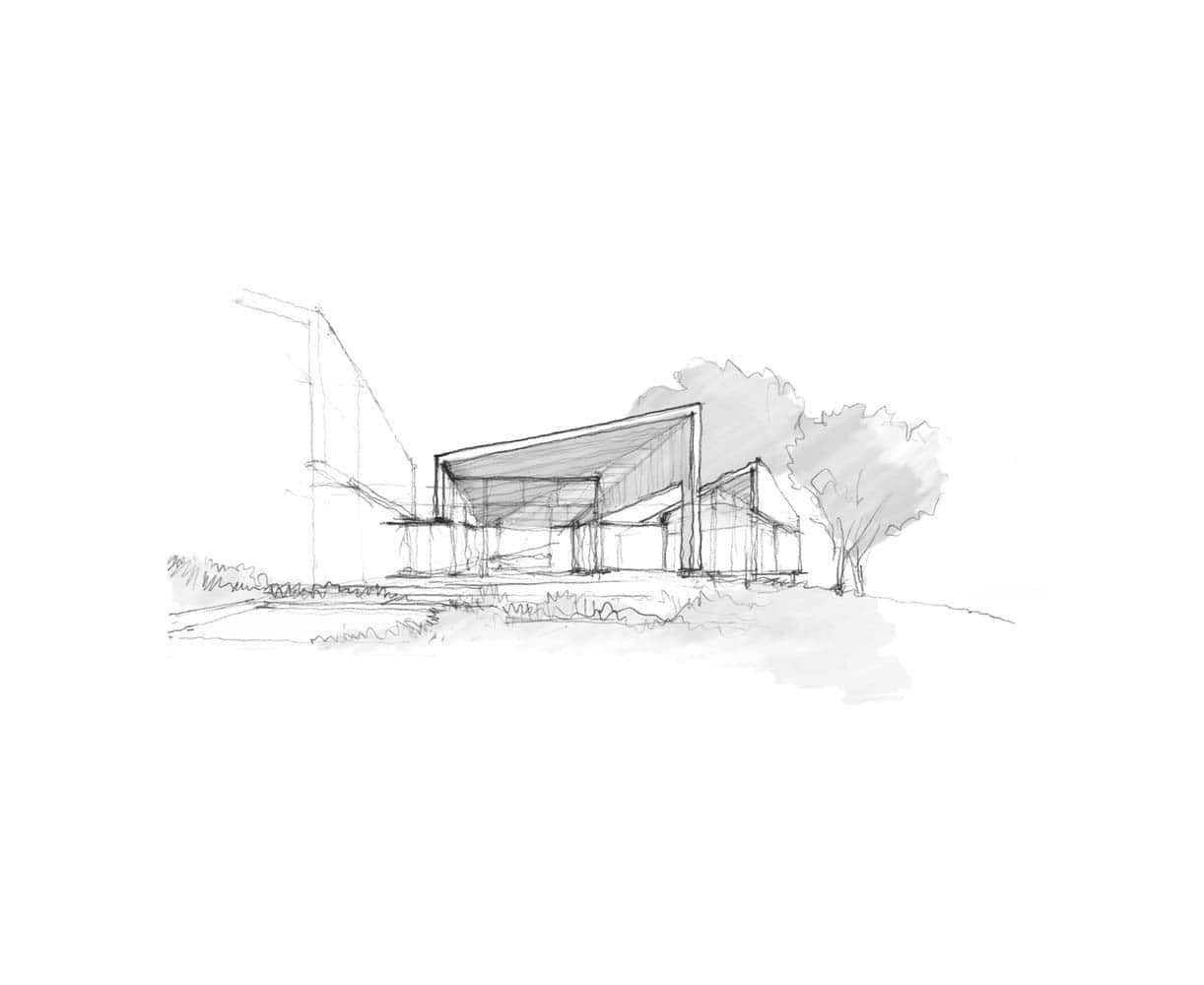
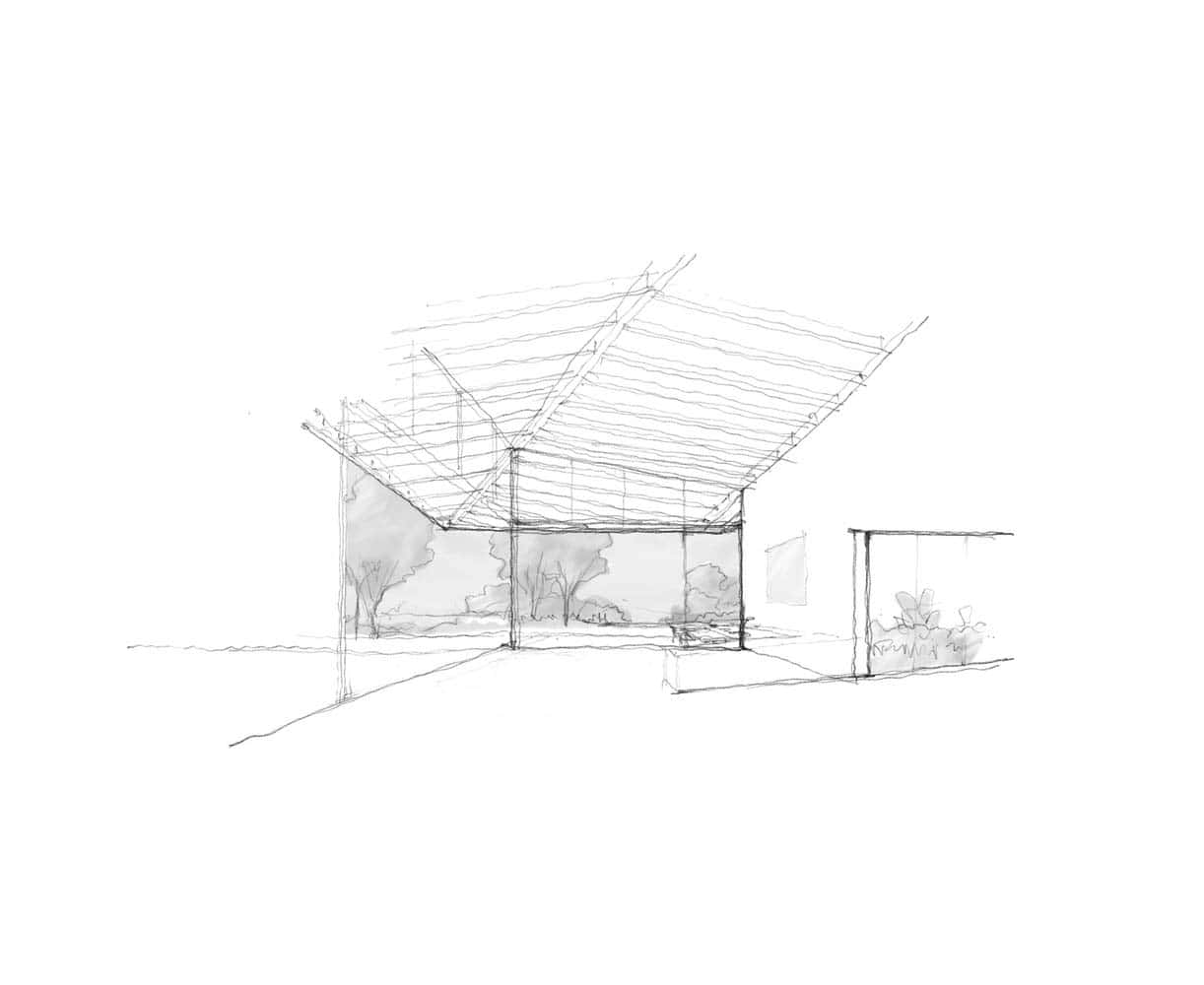
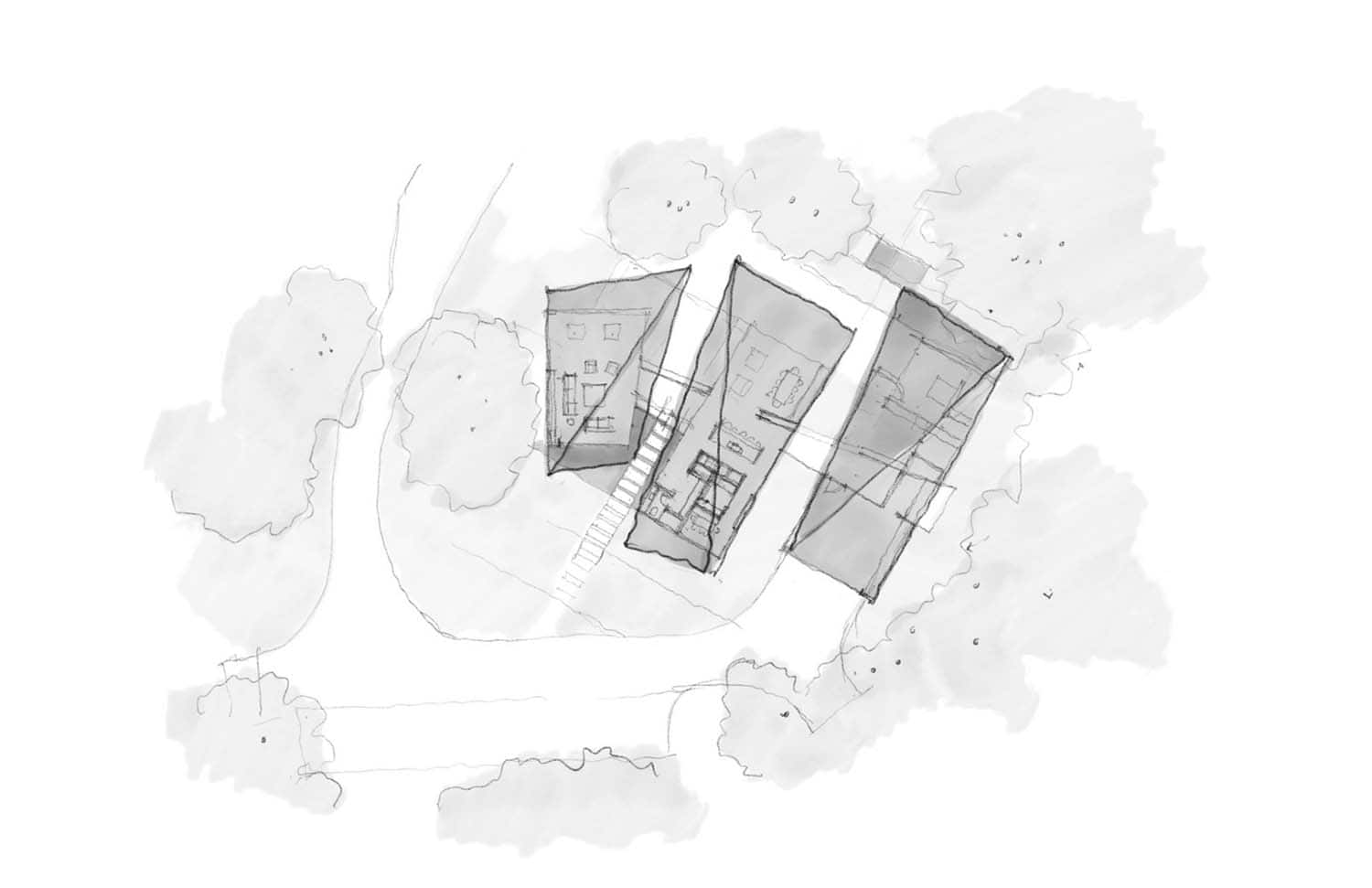
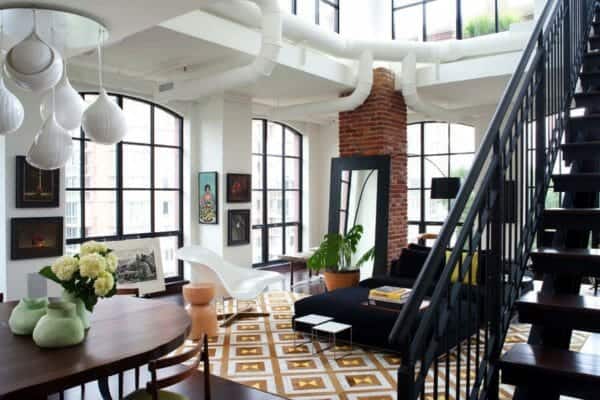

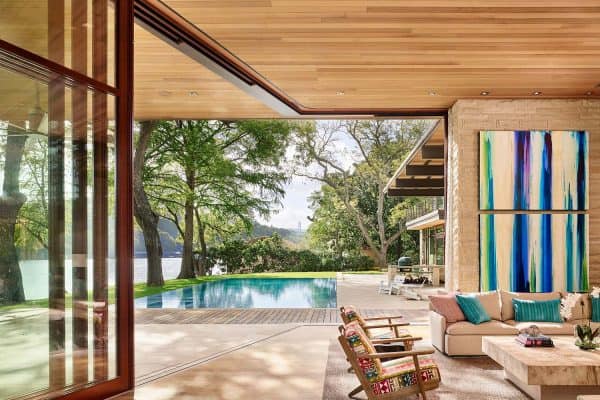

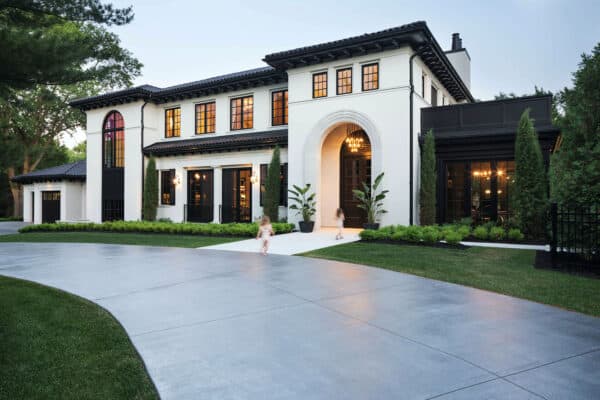

0 comments